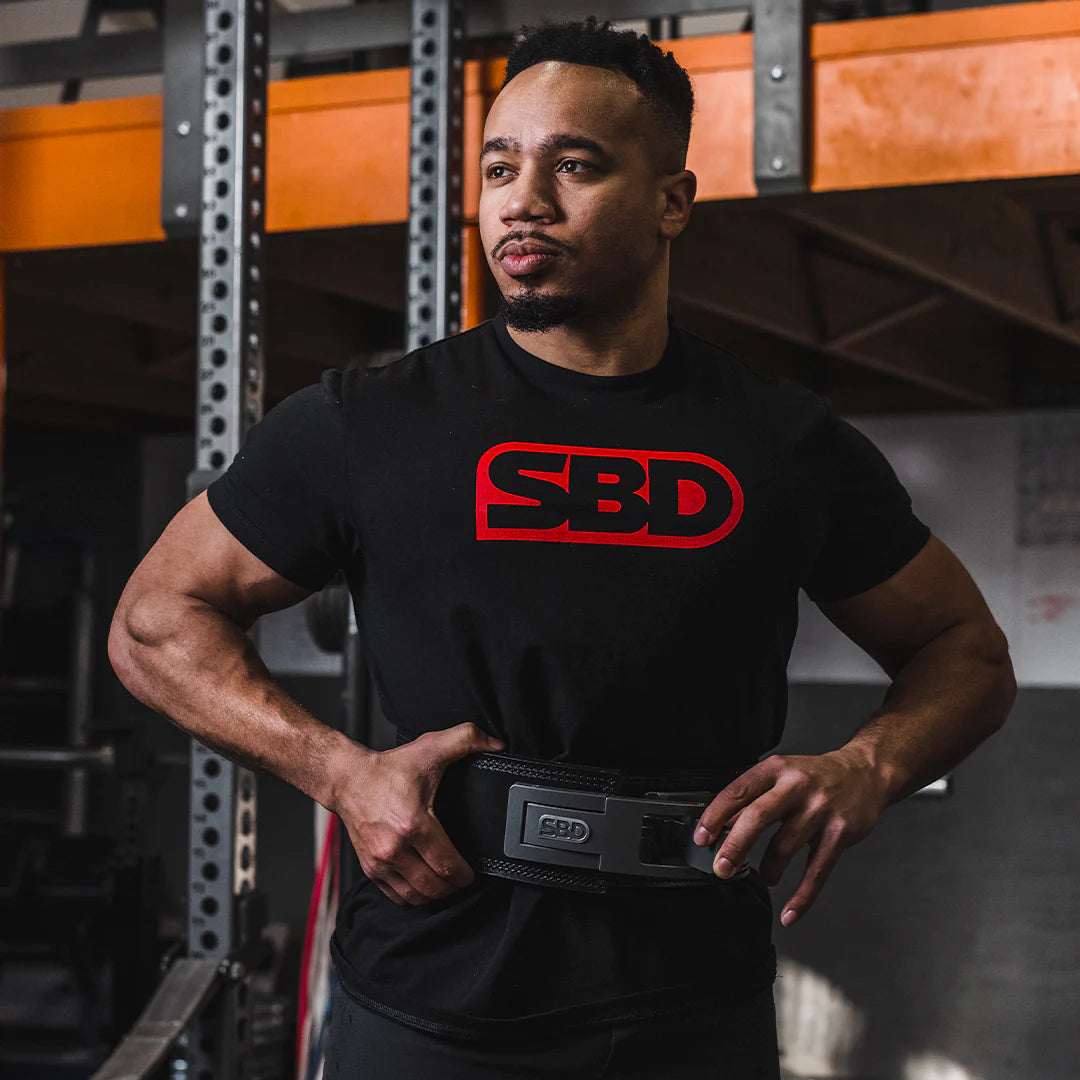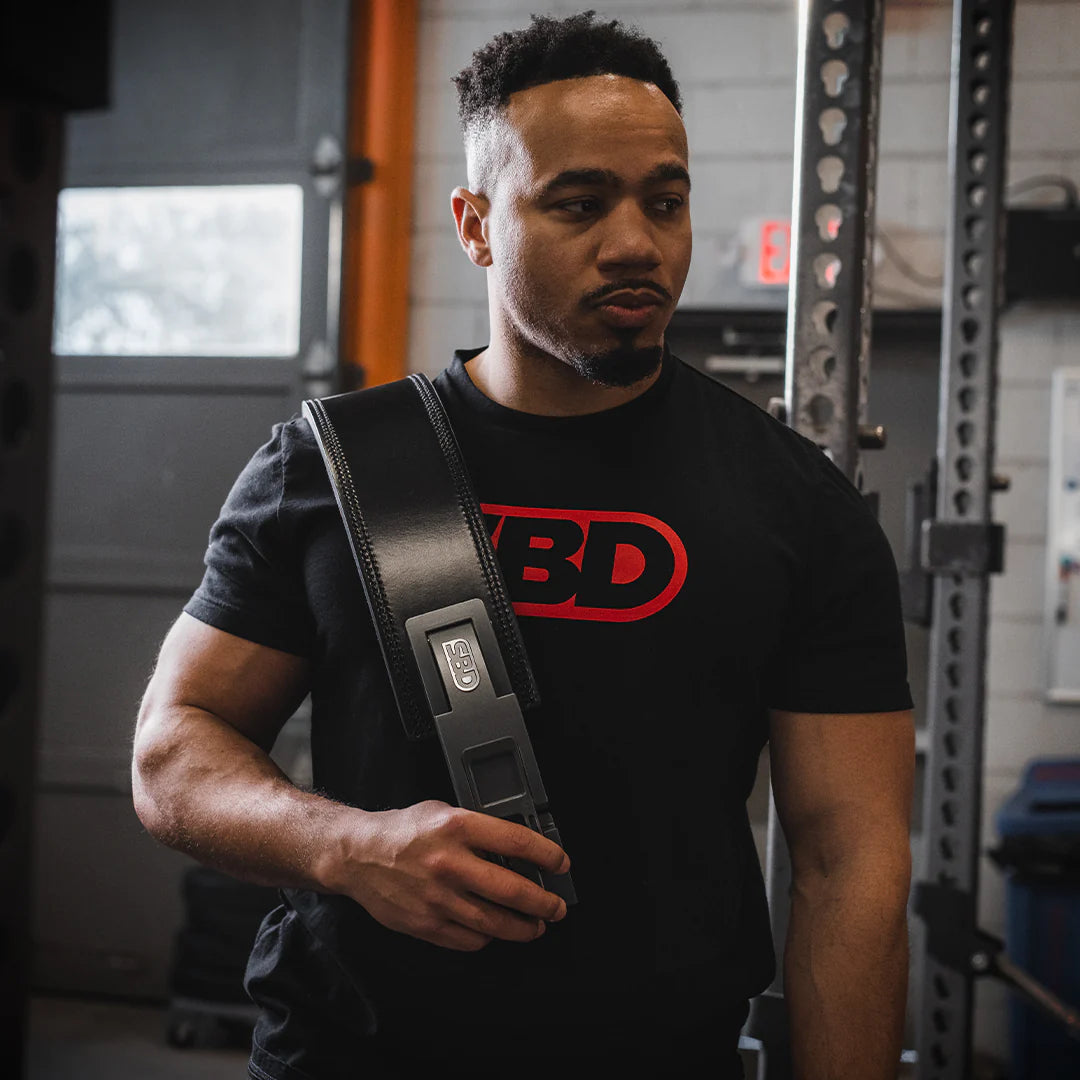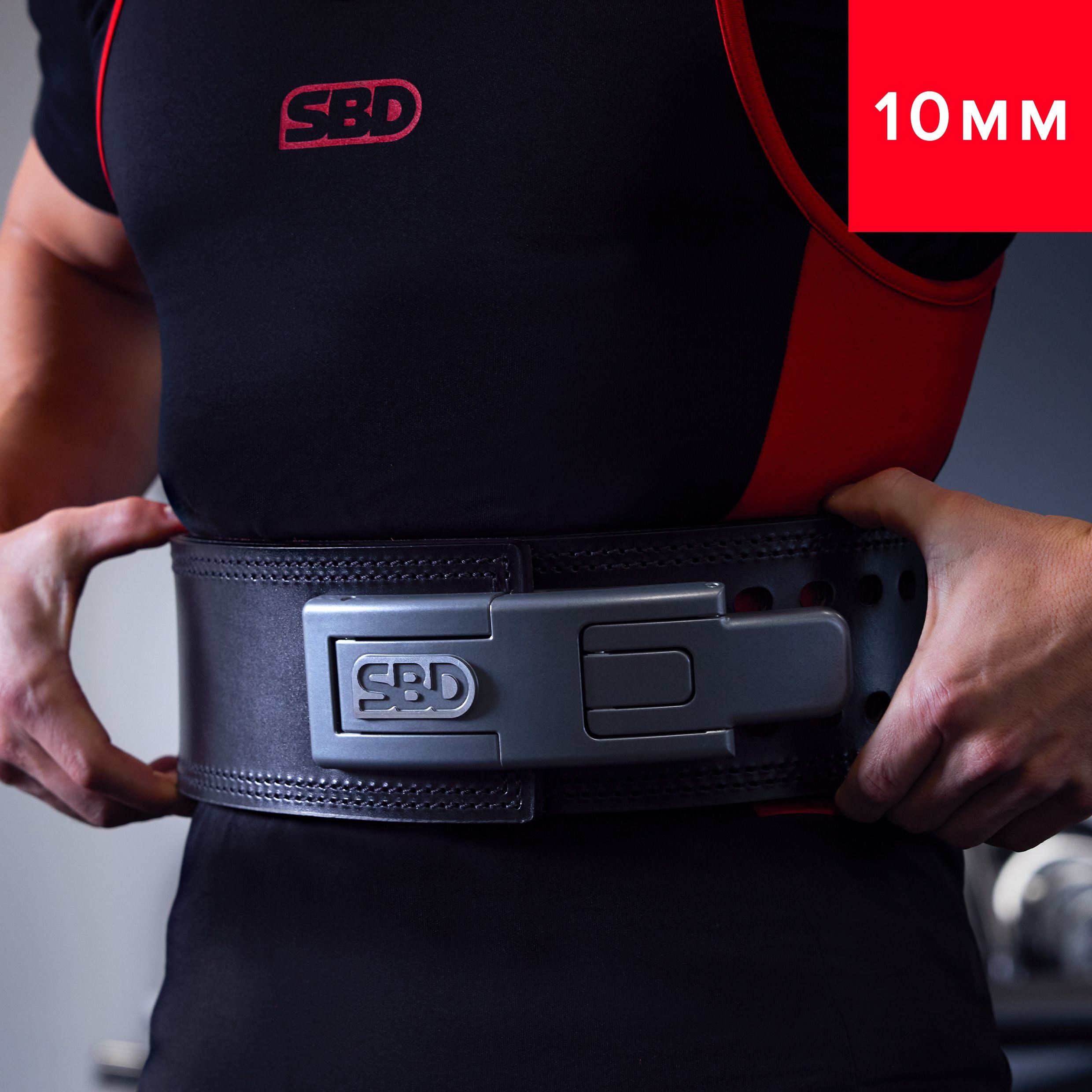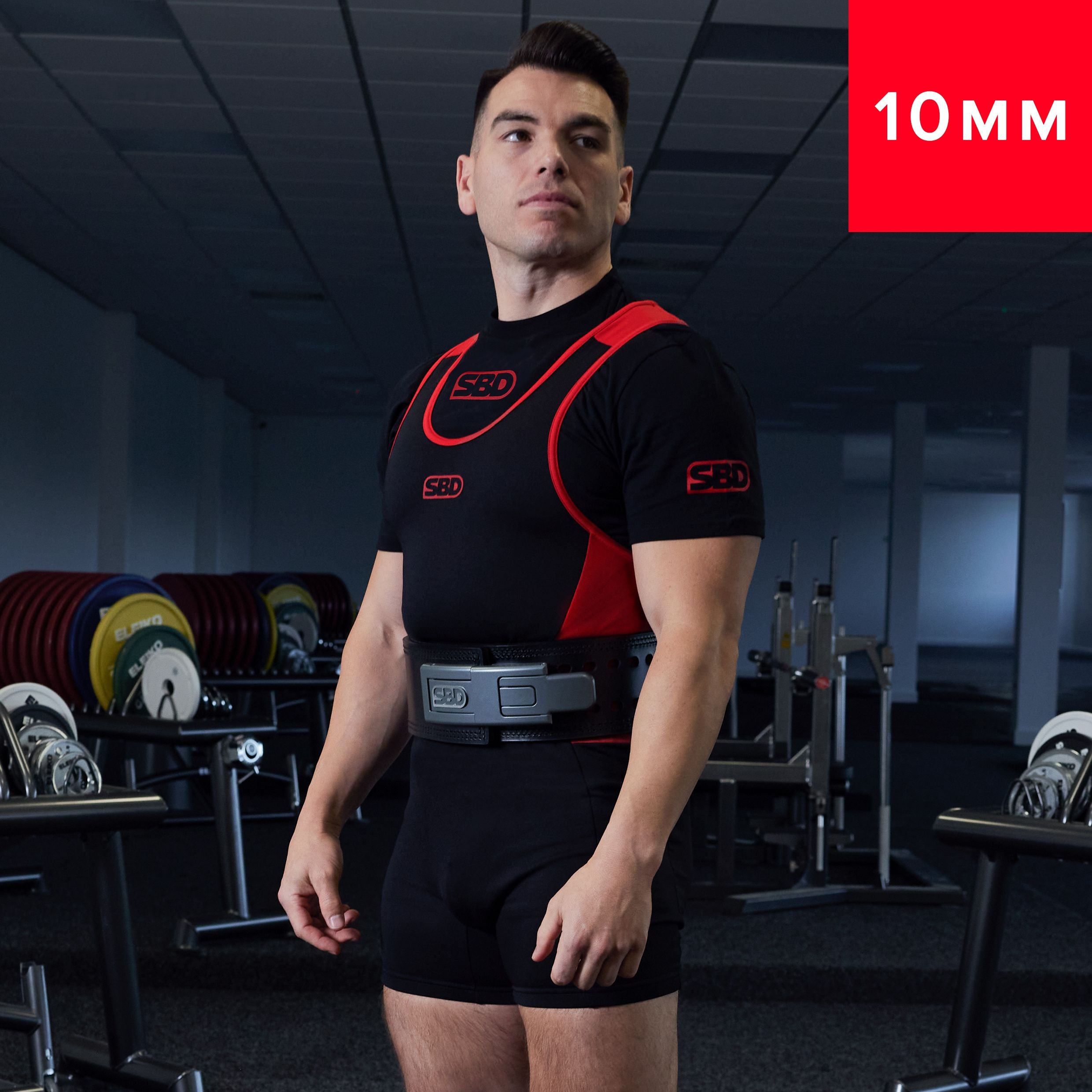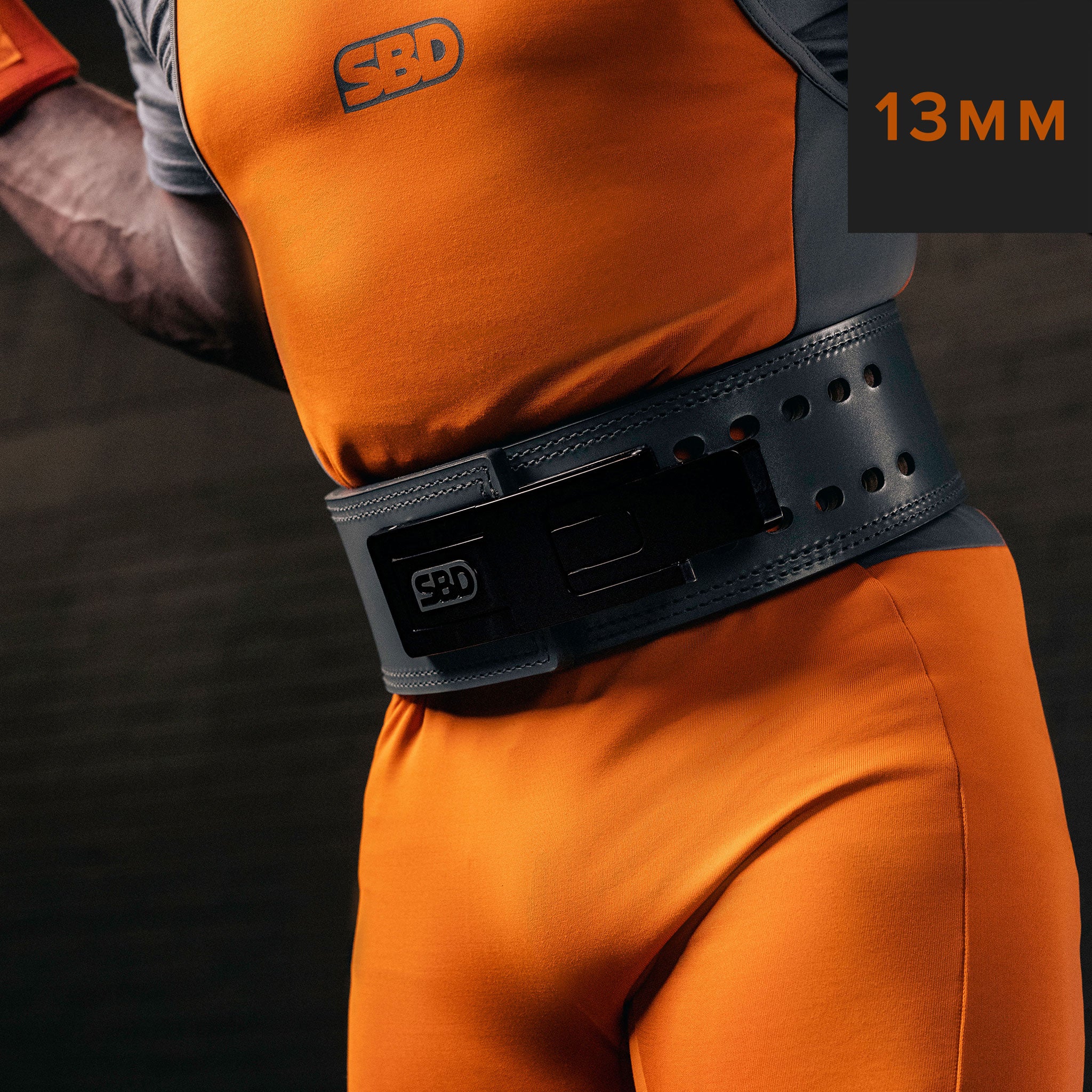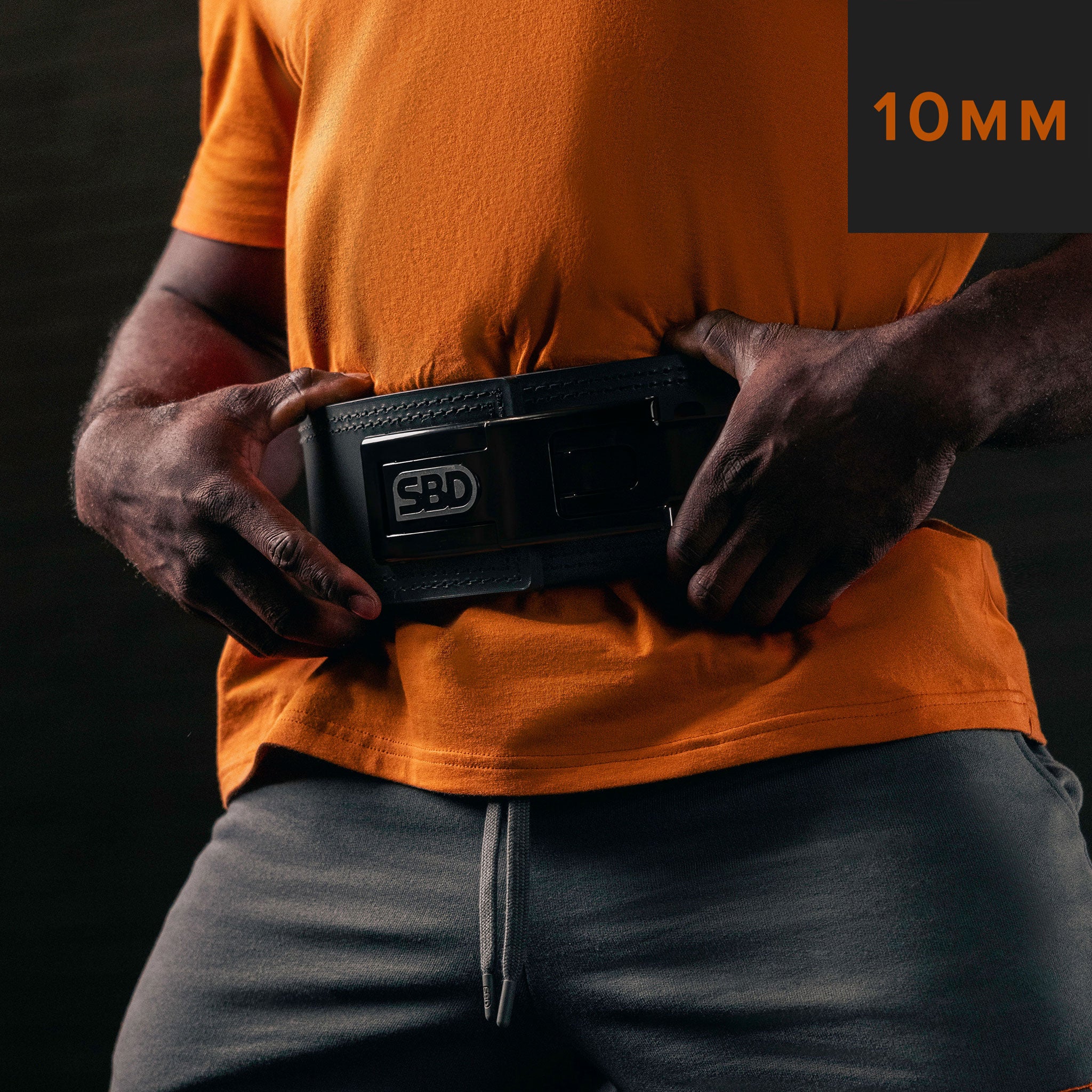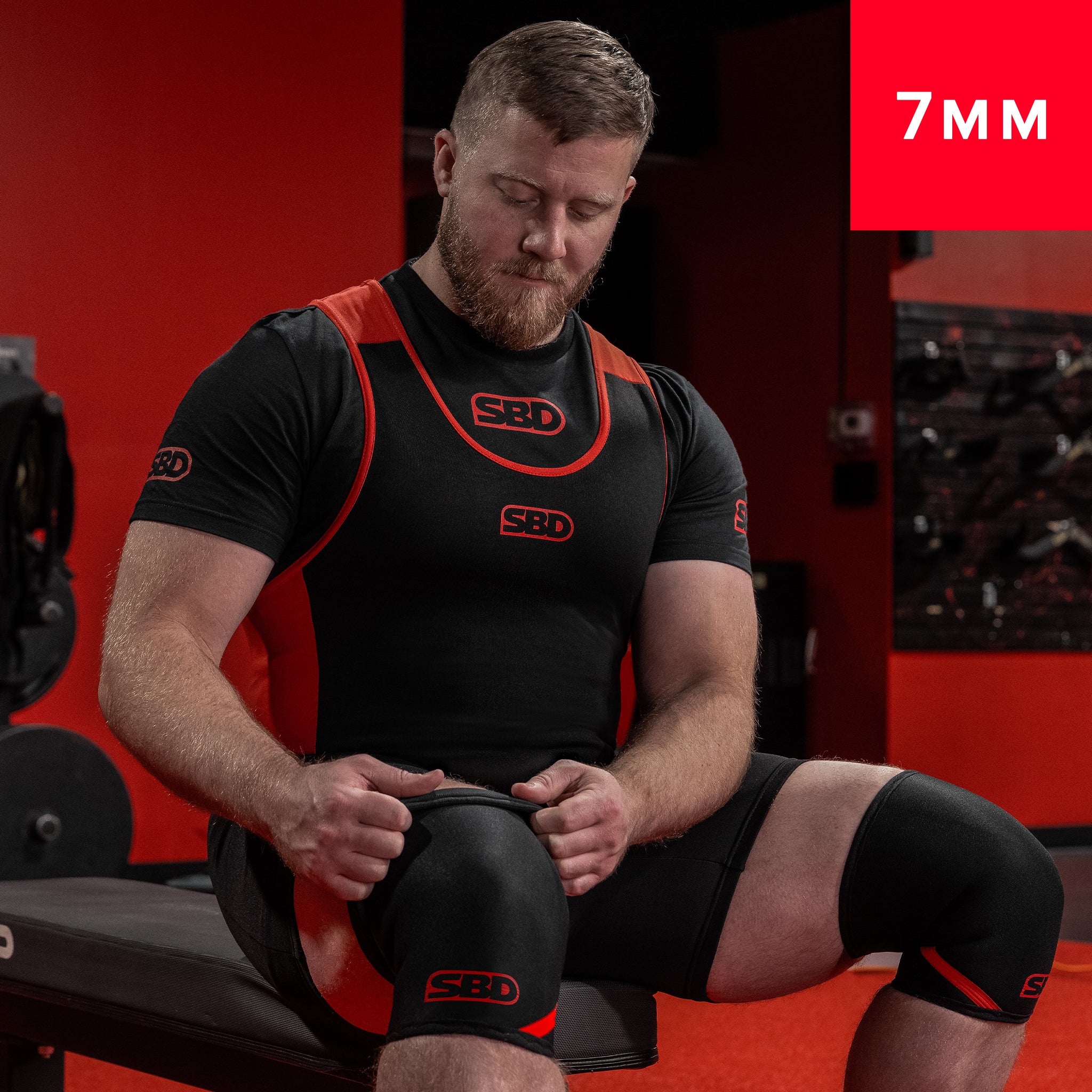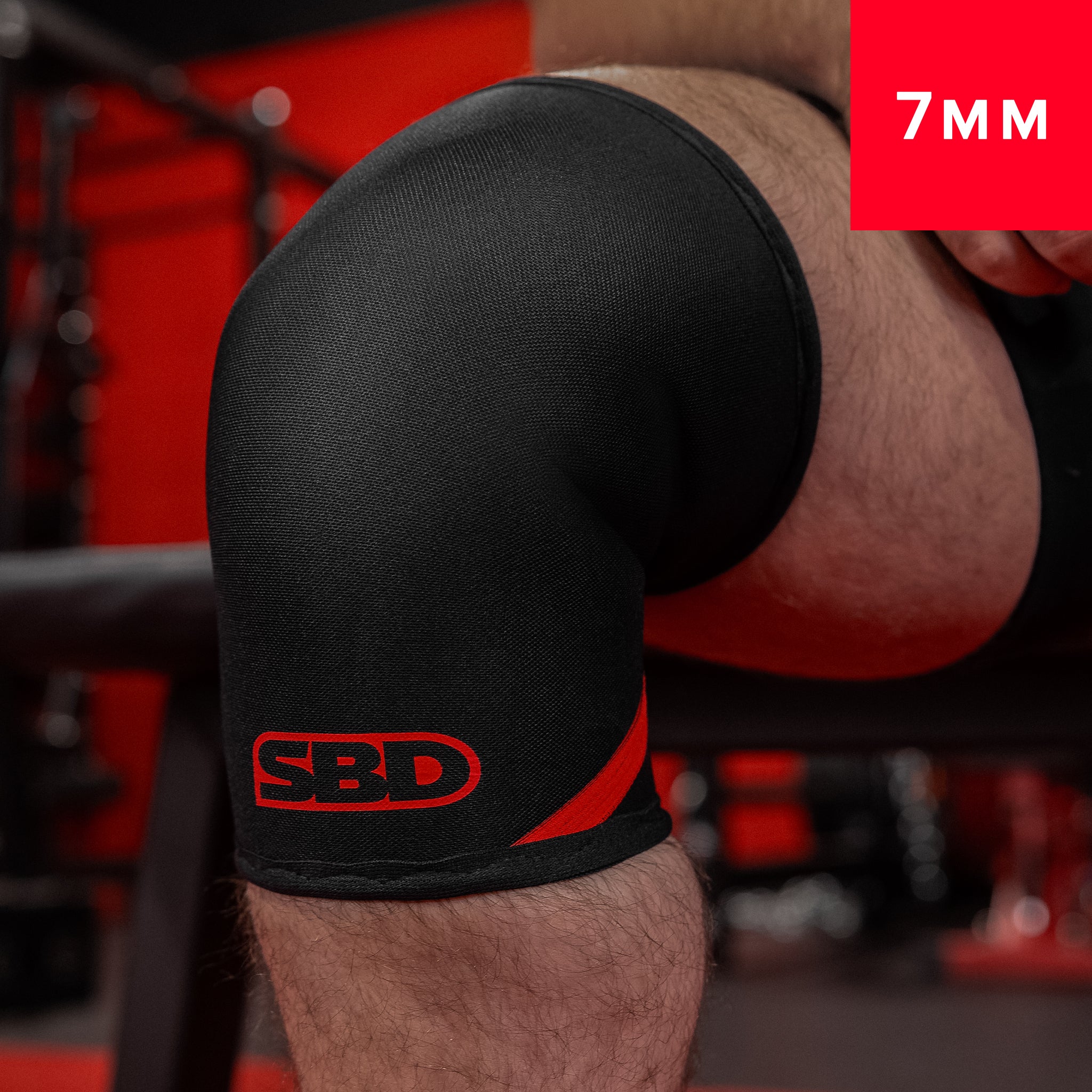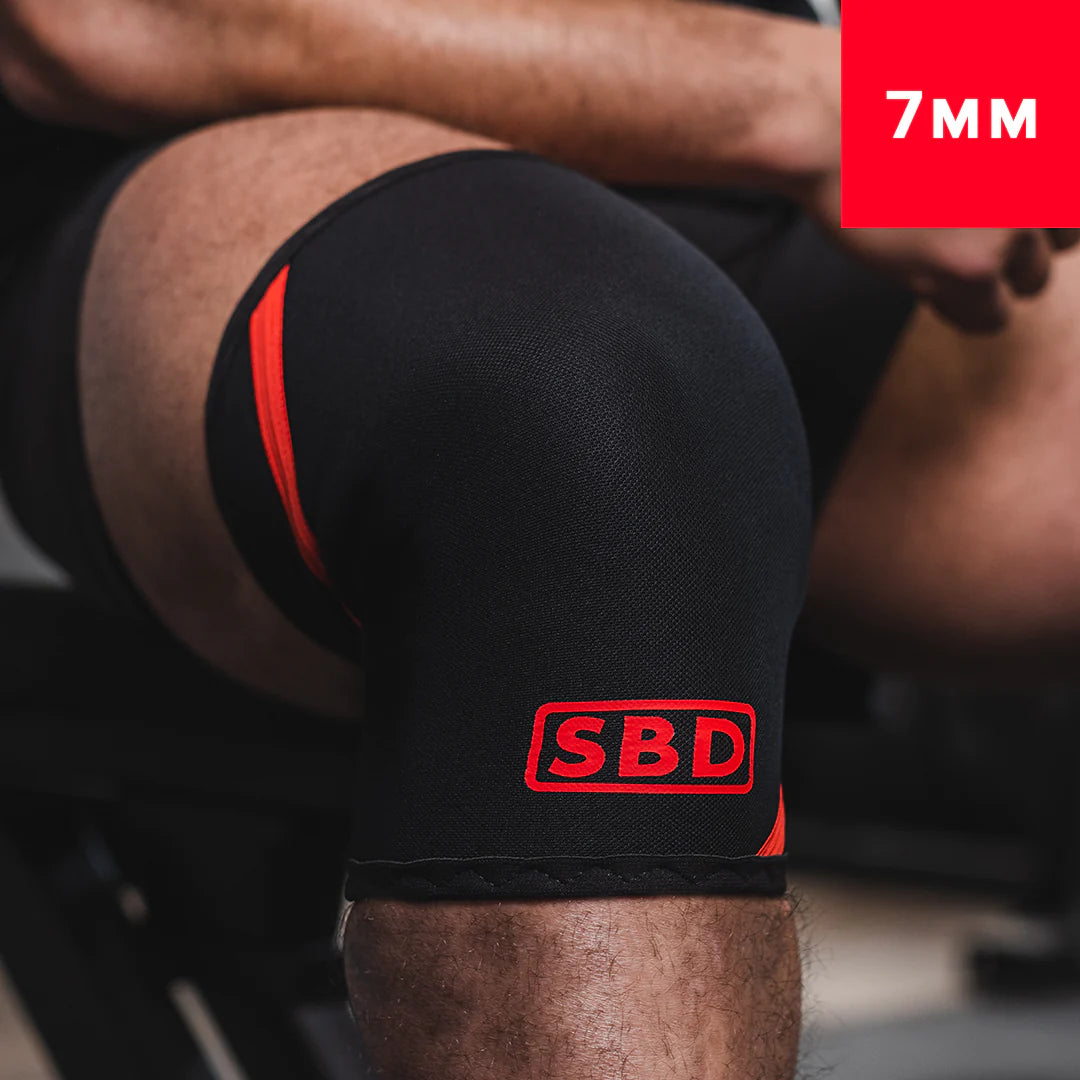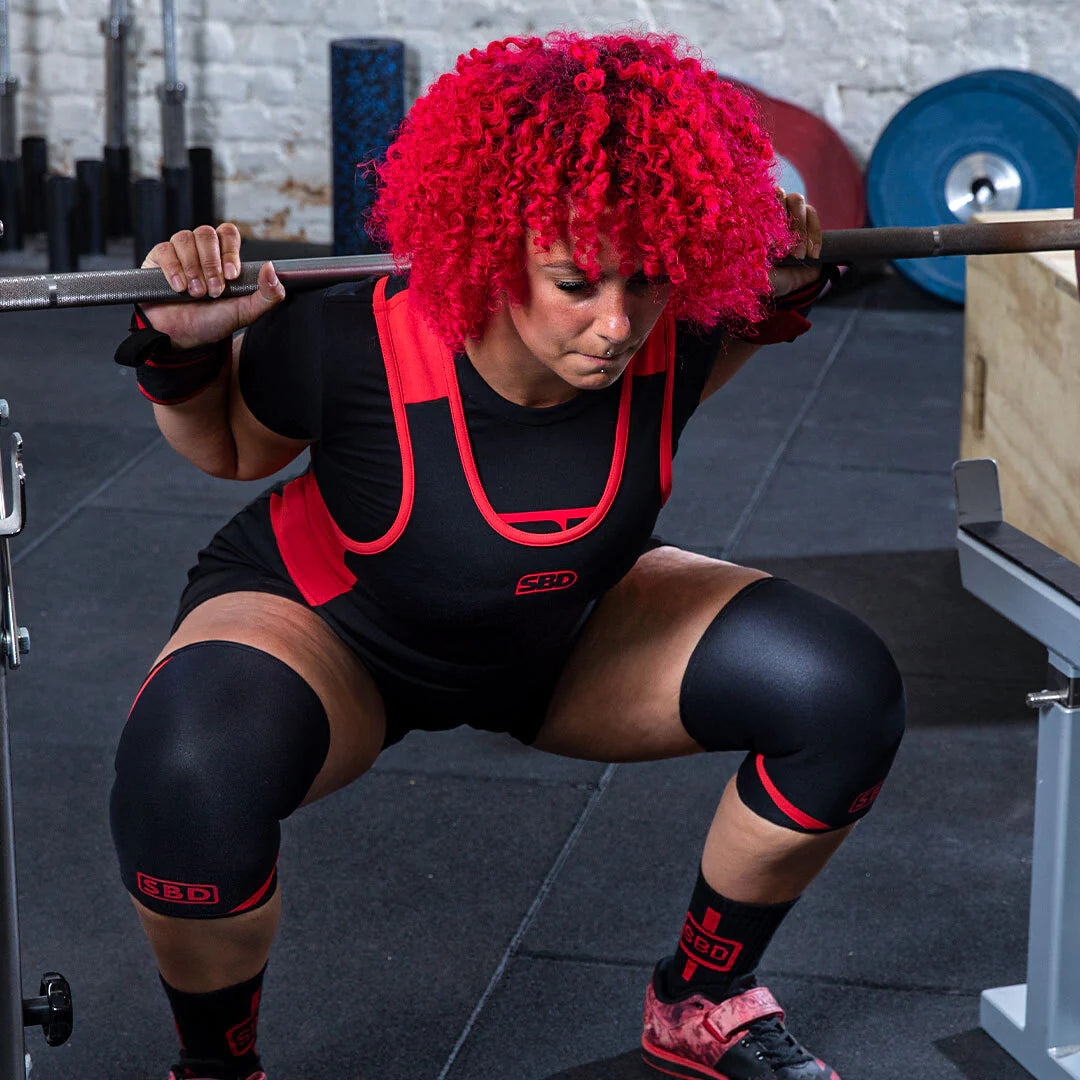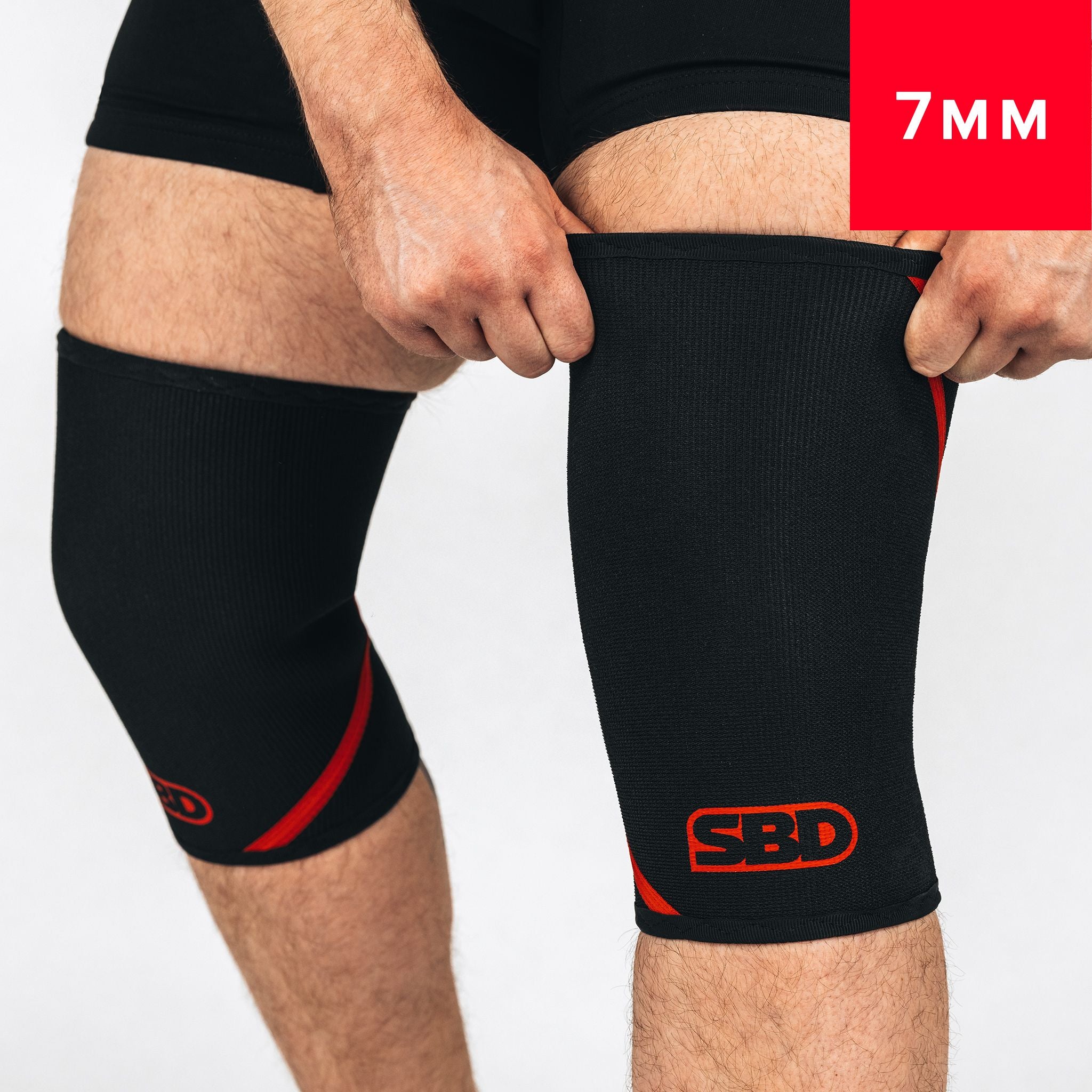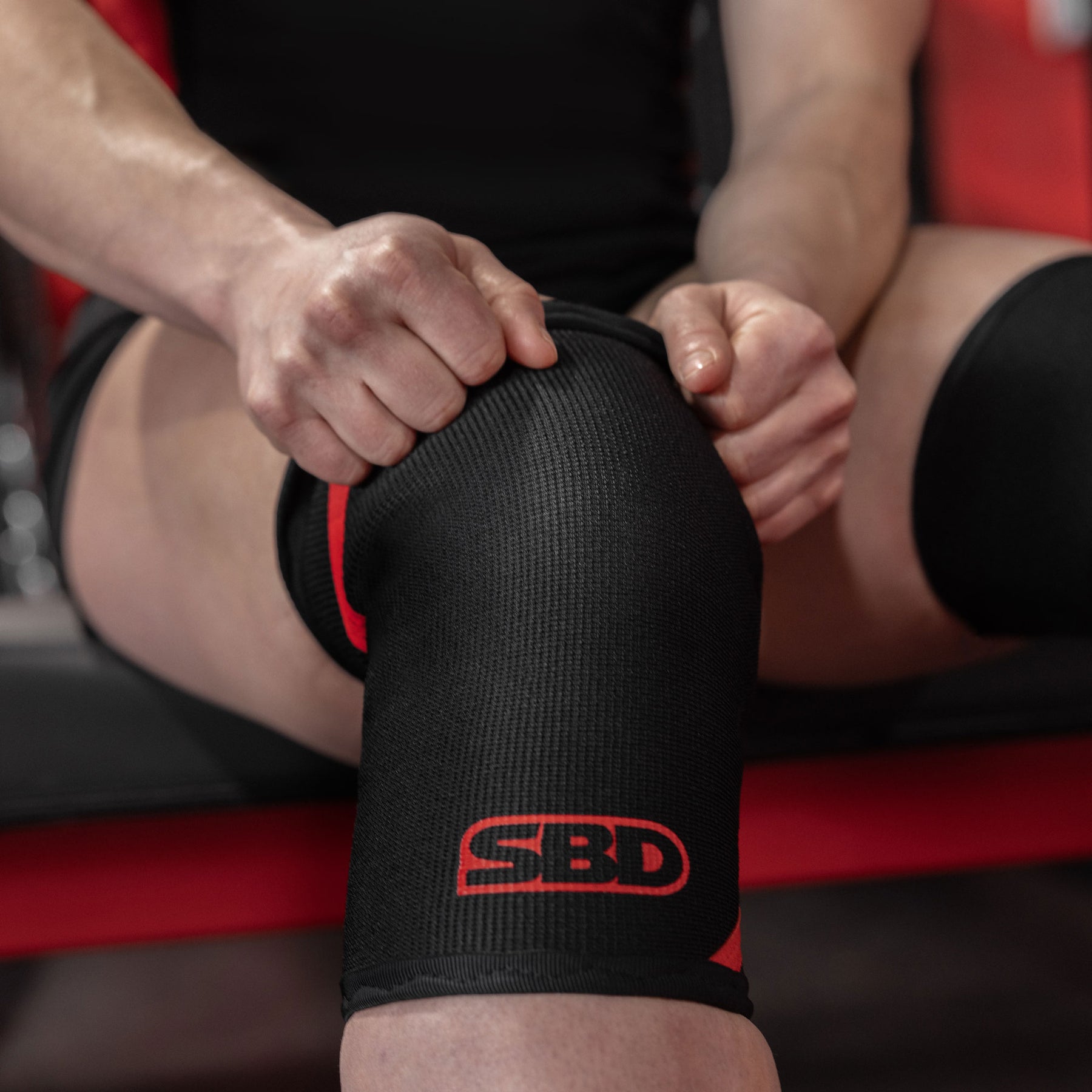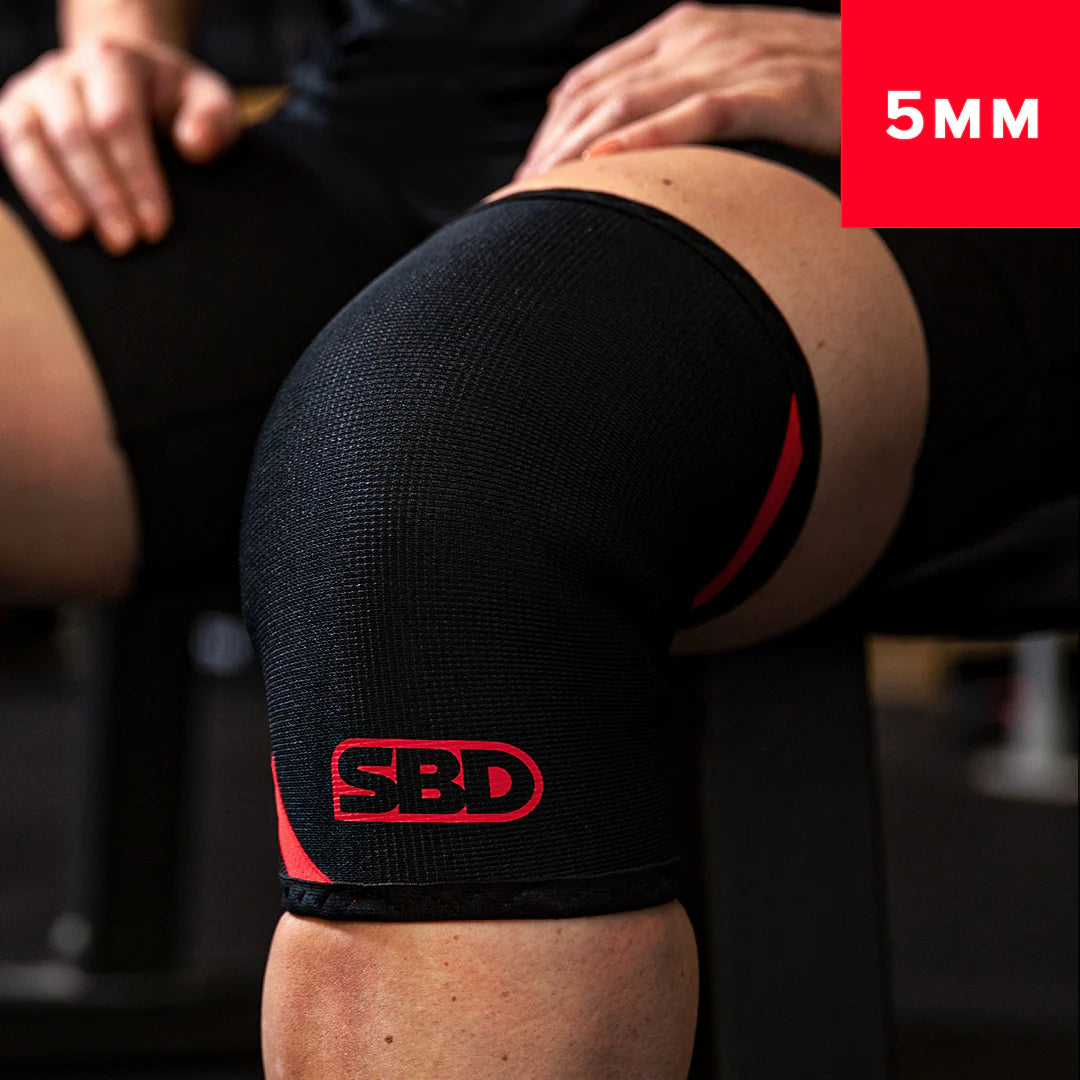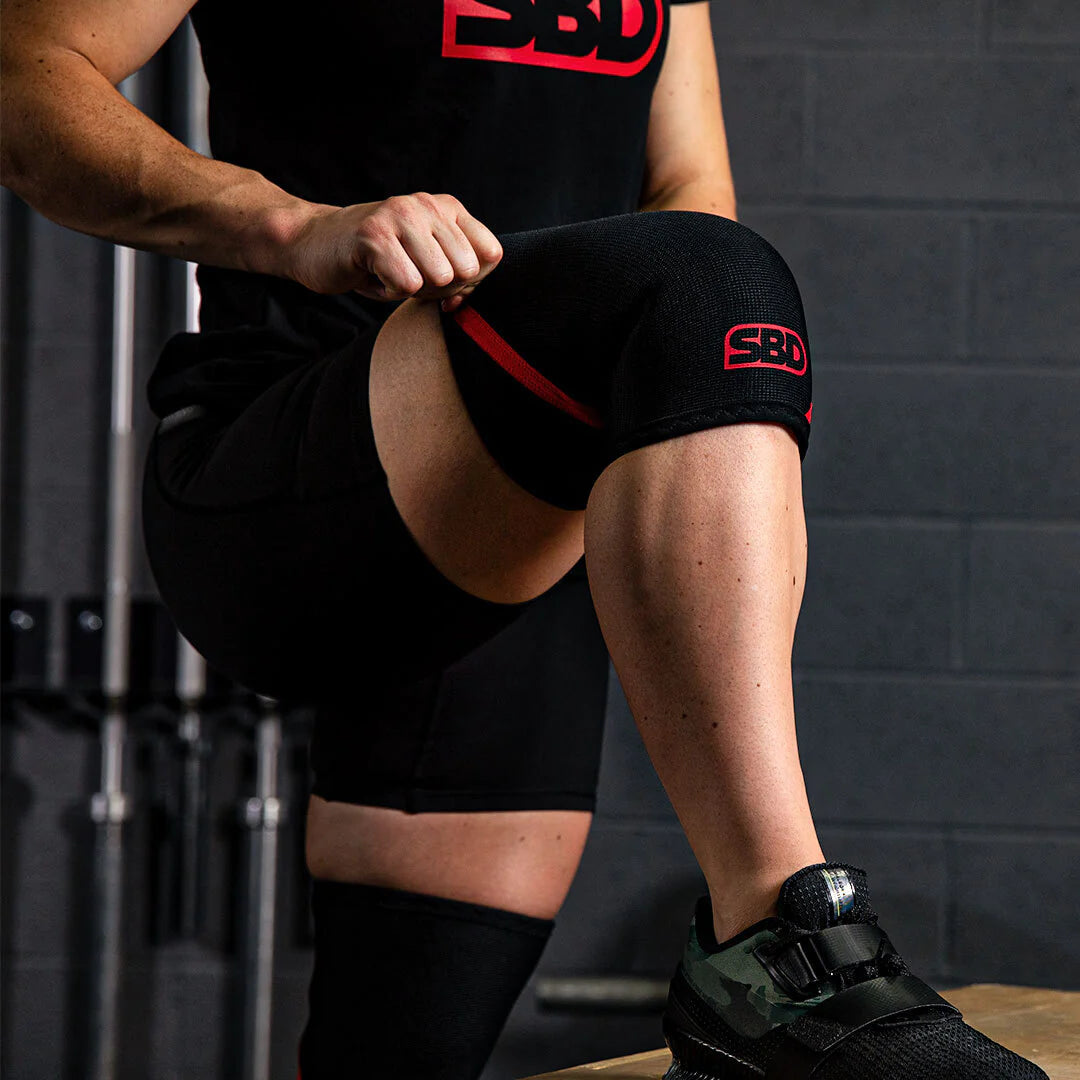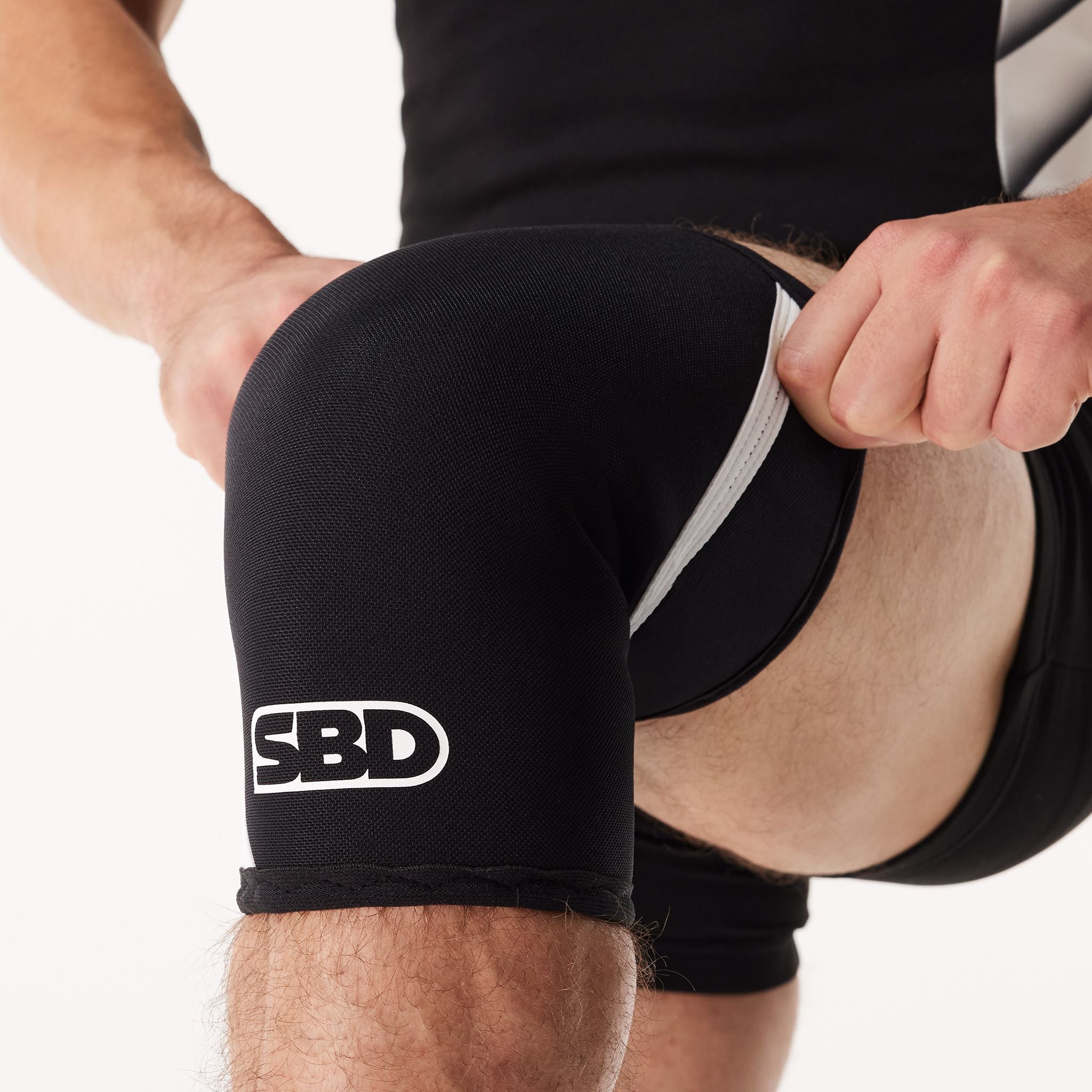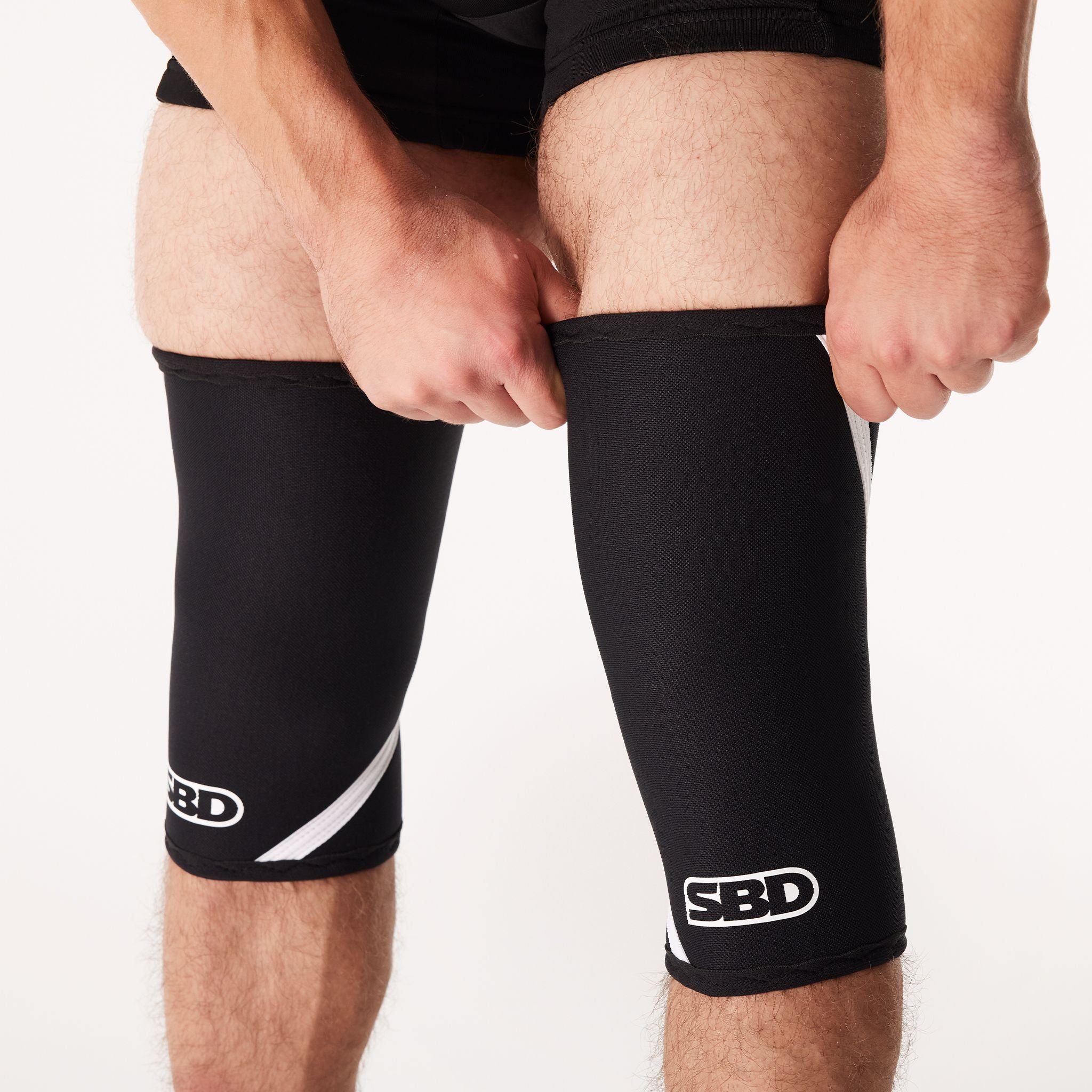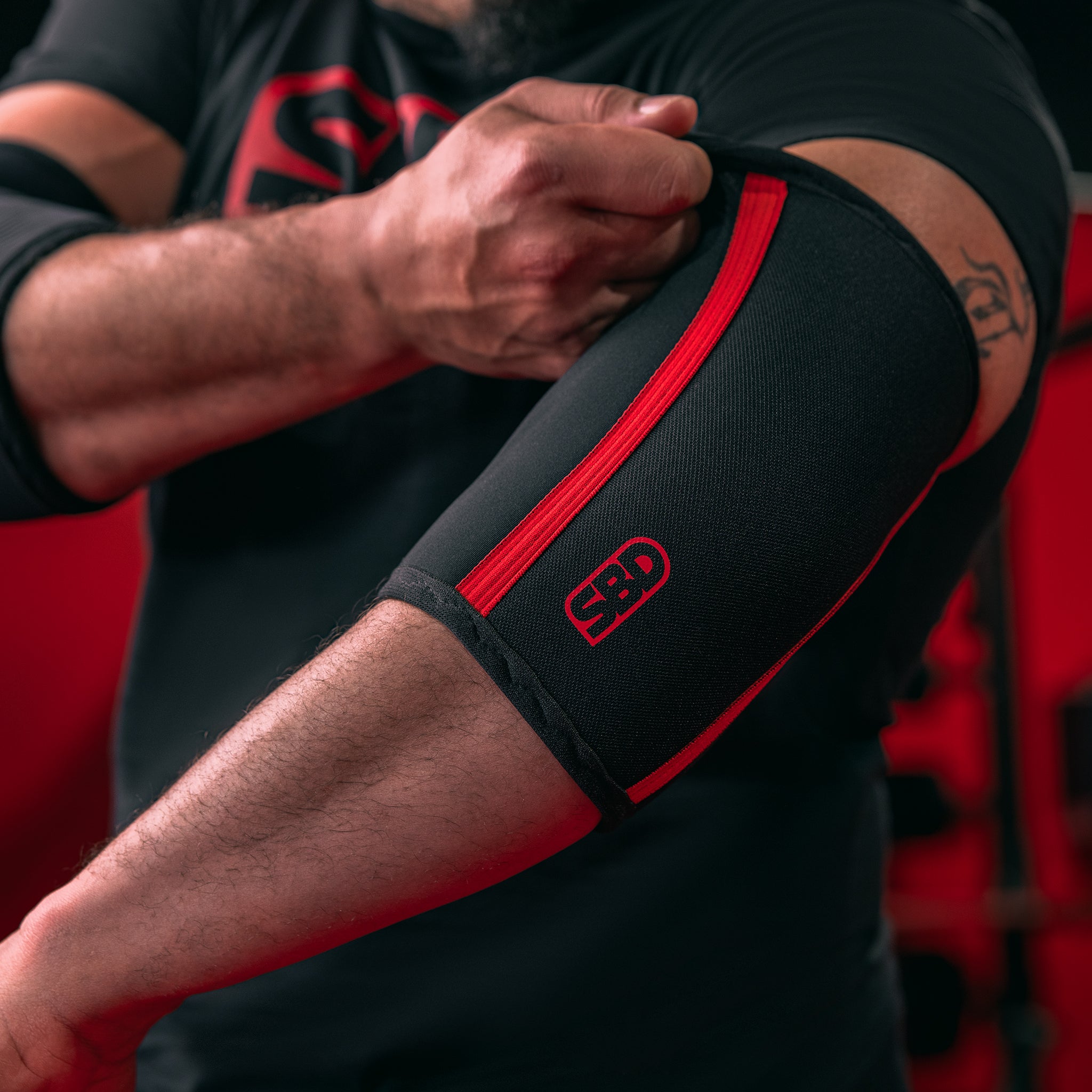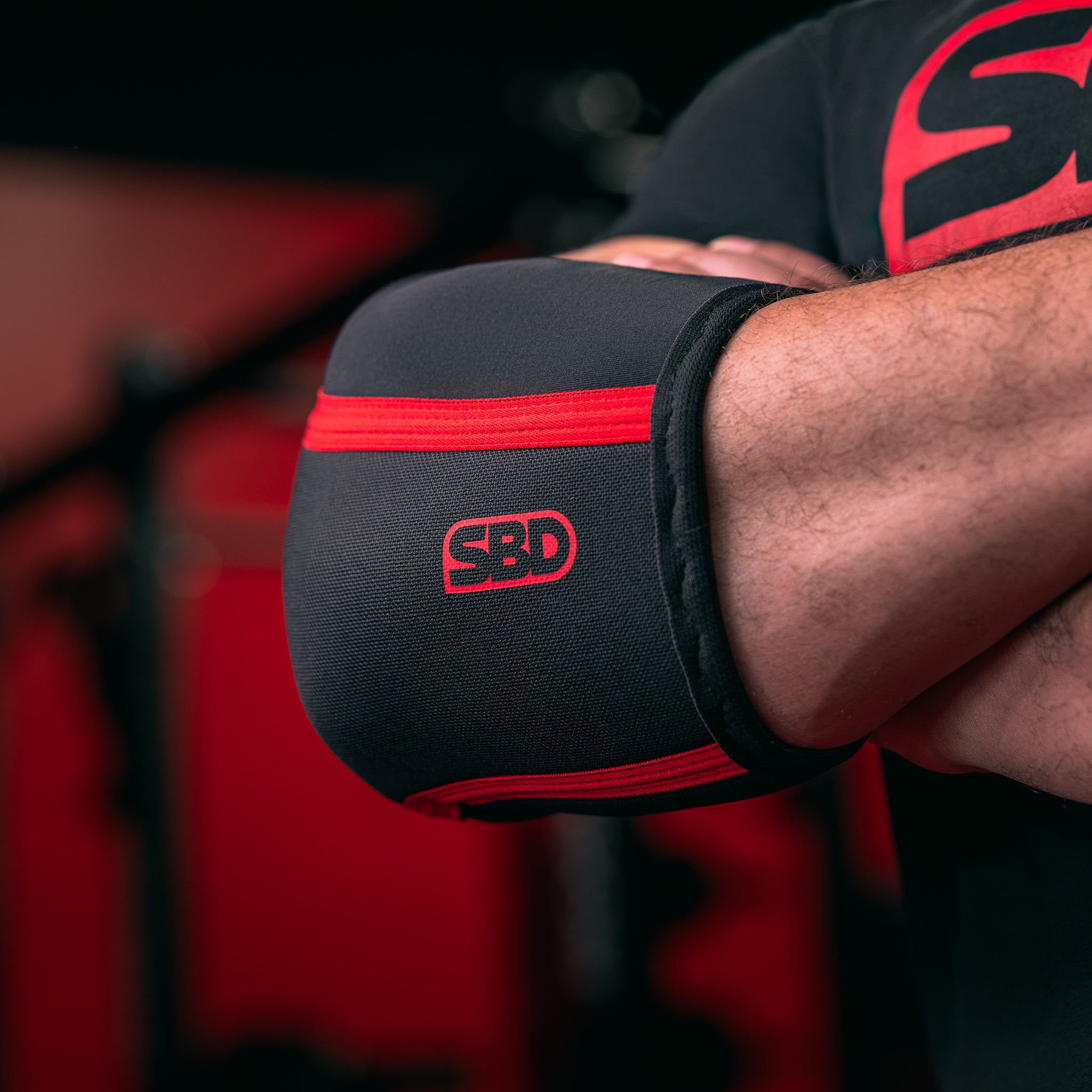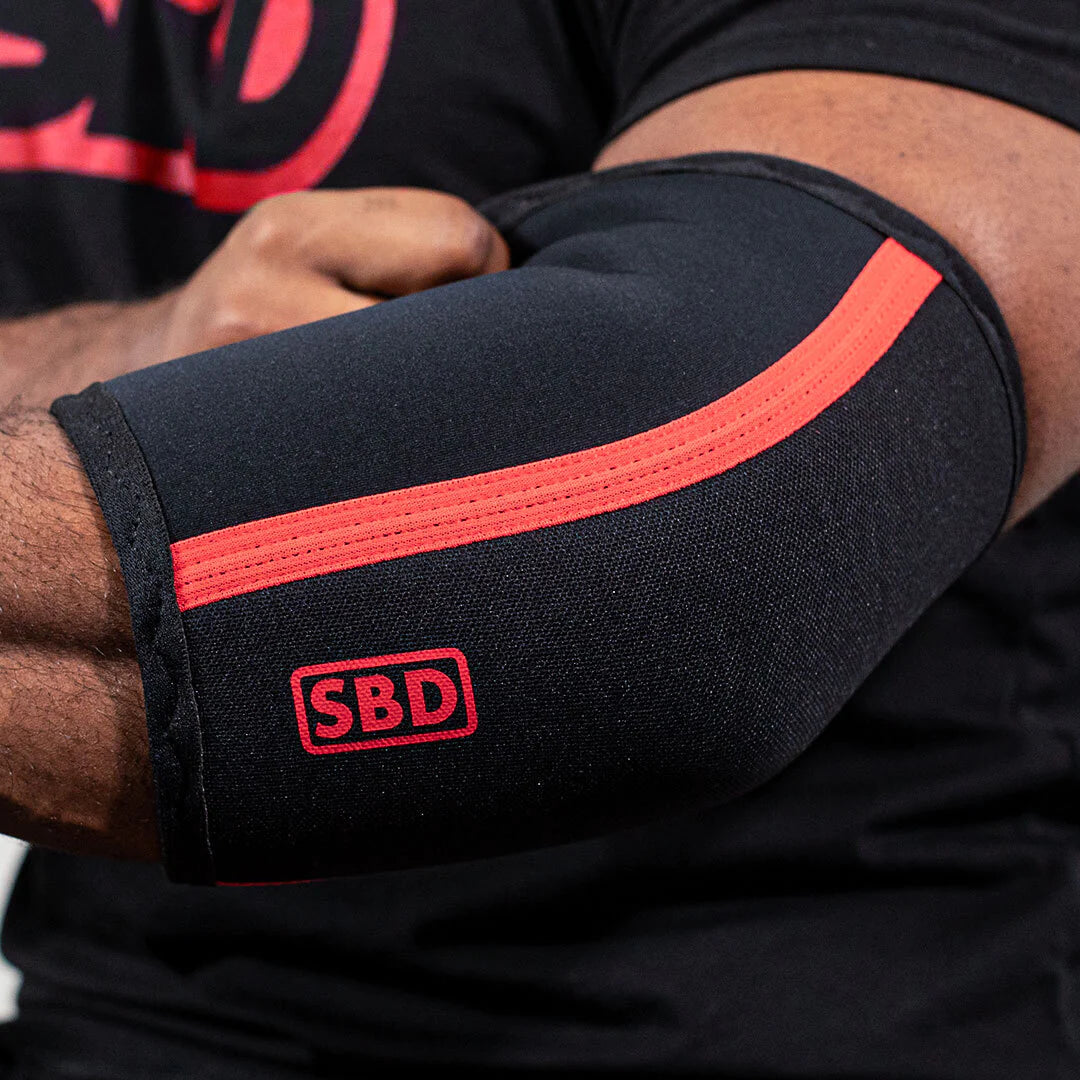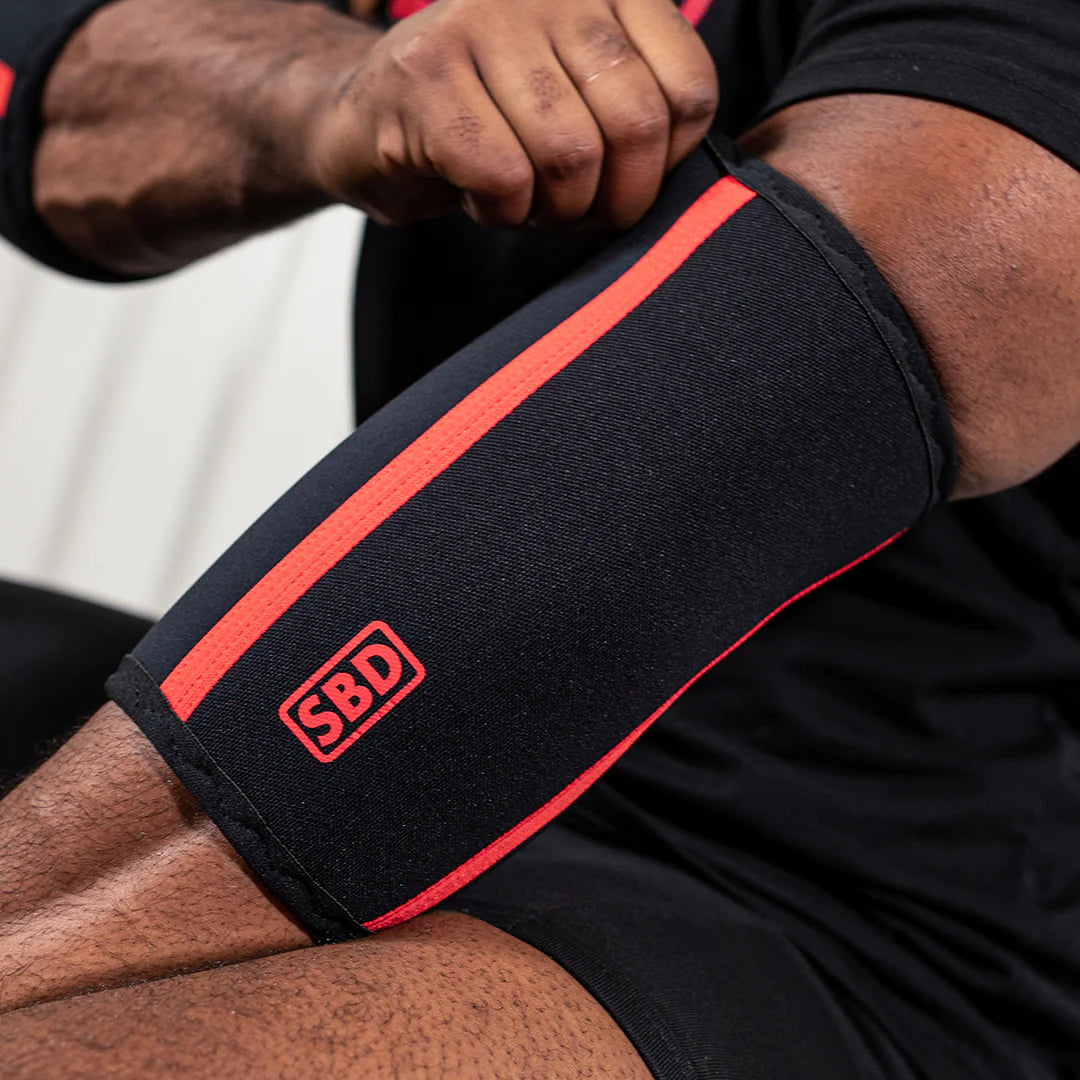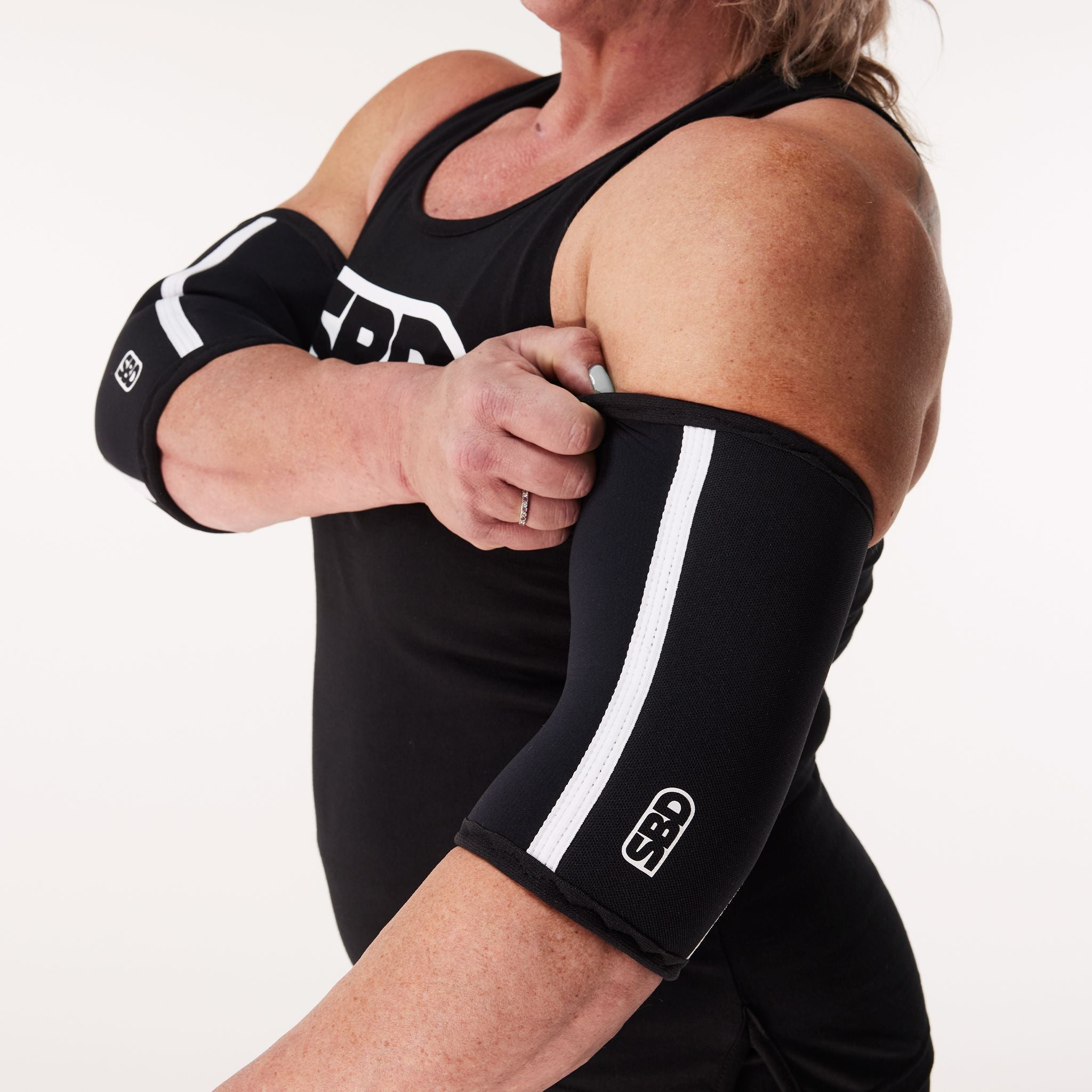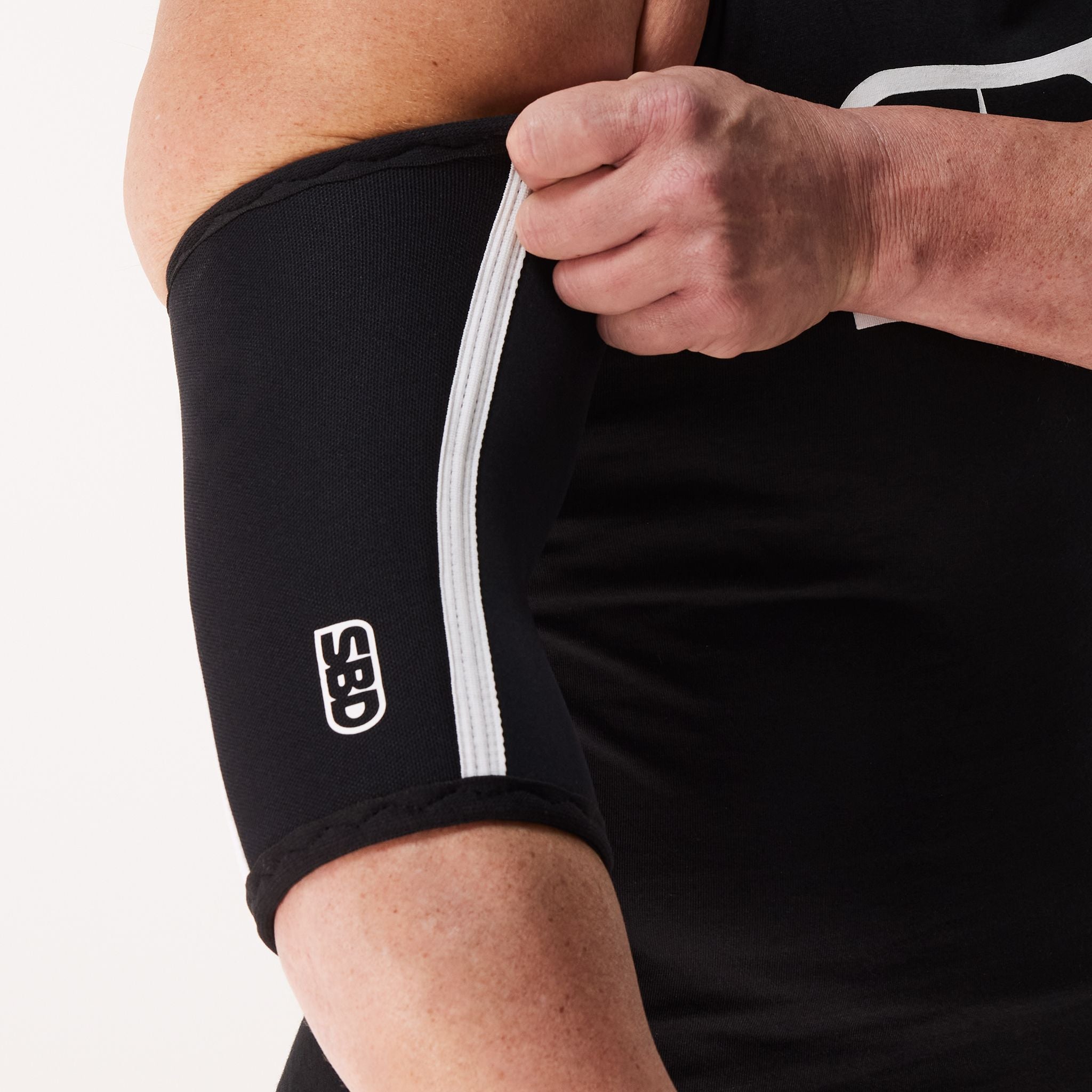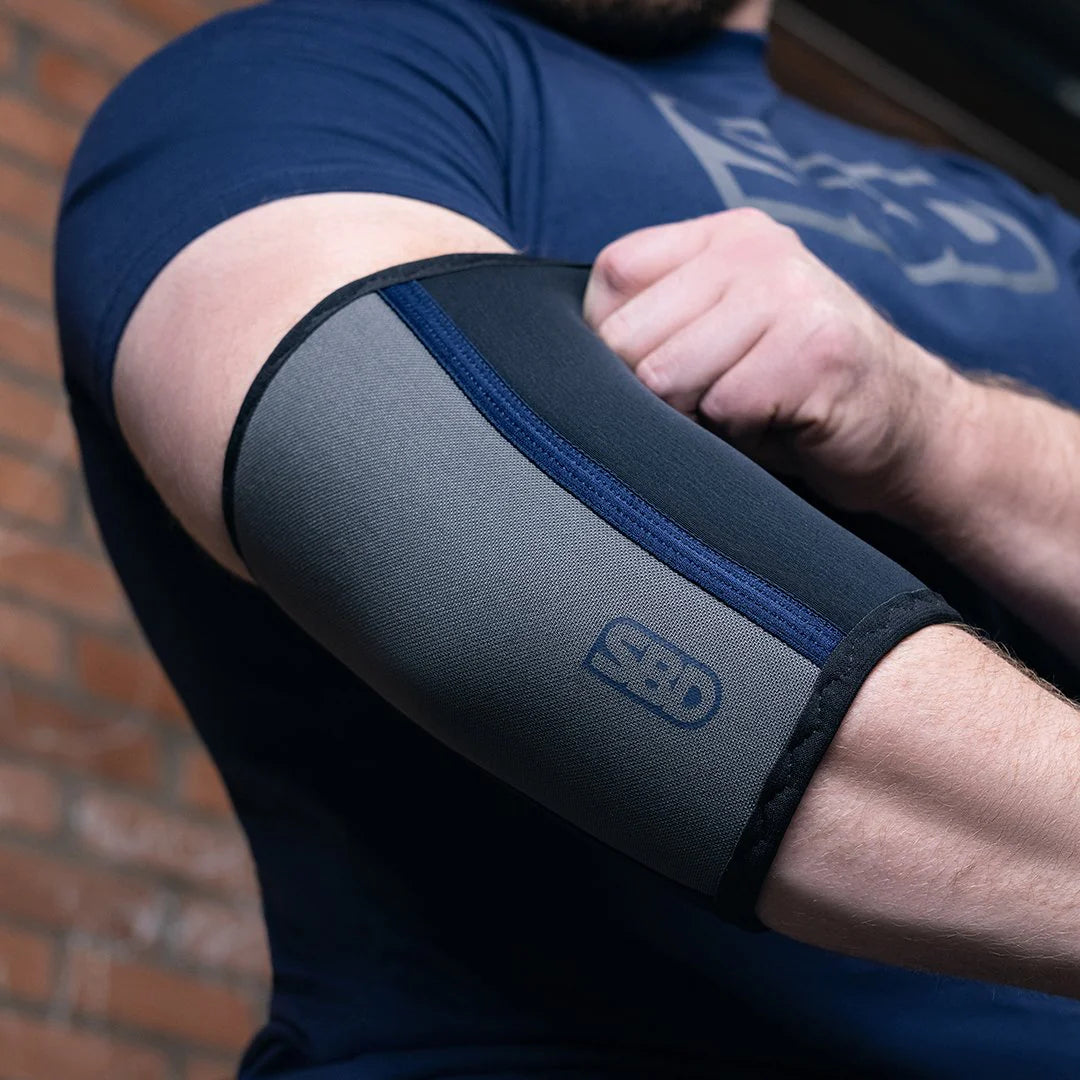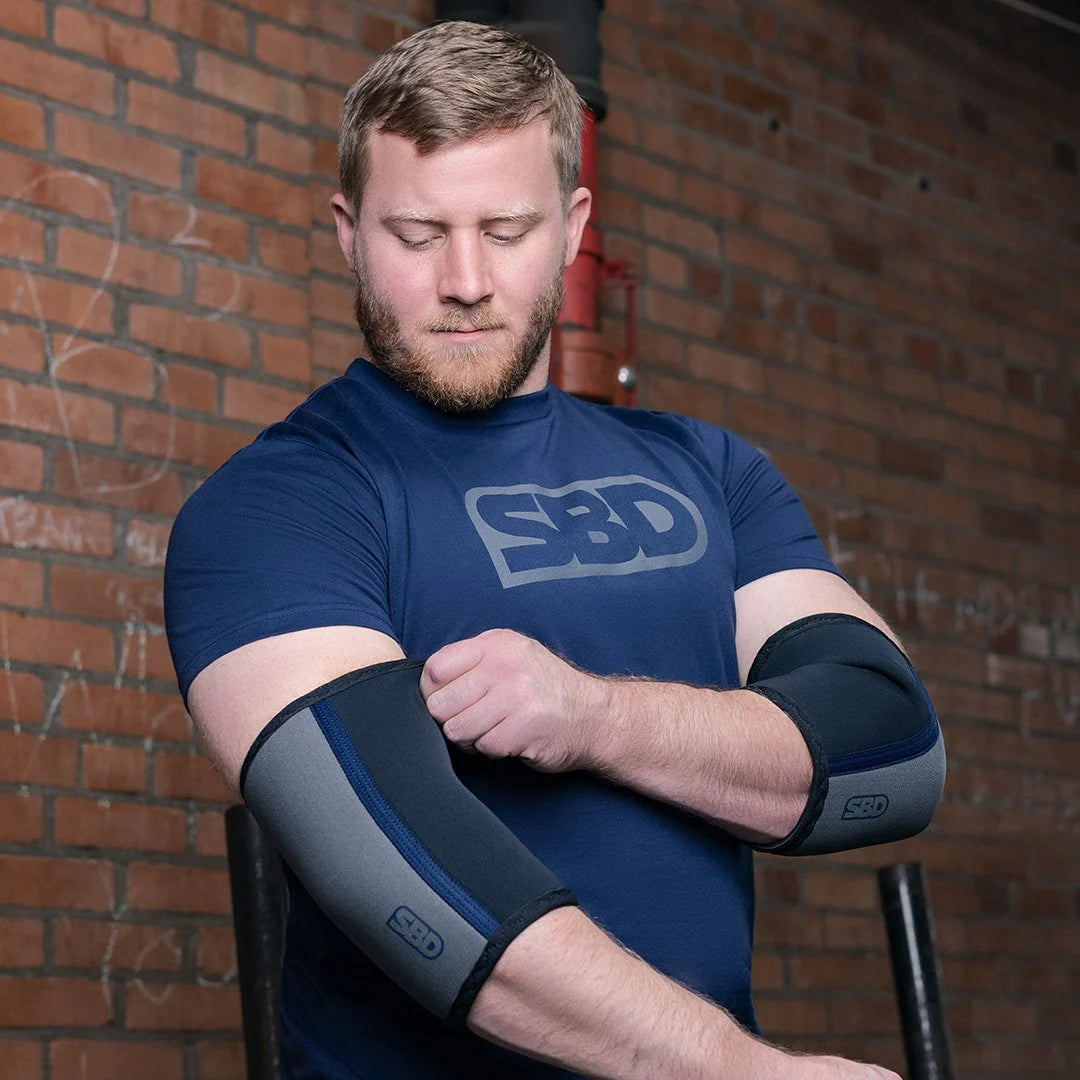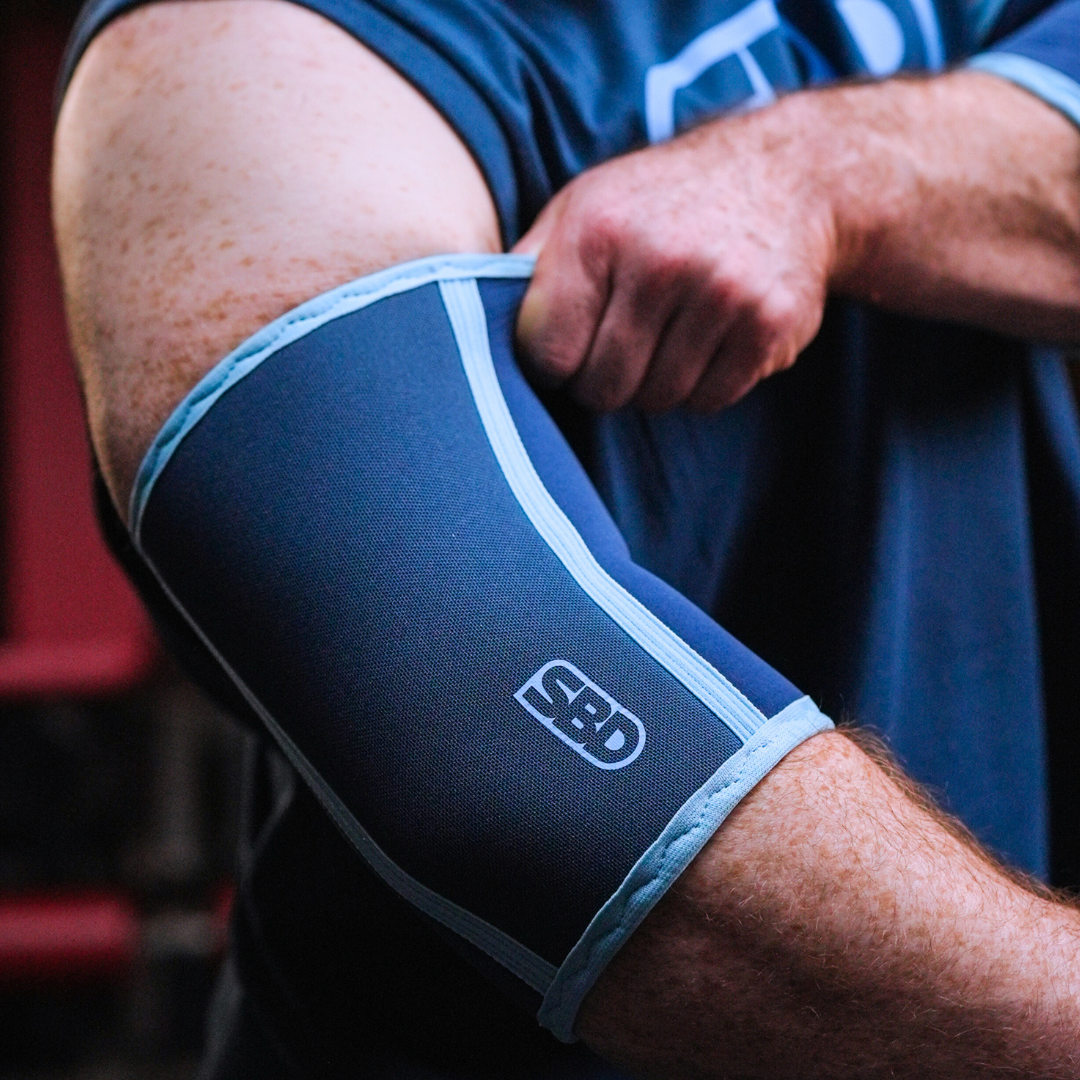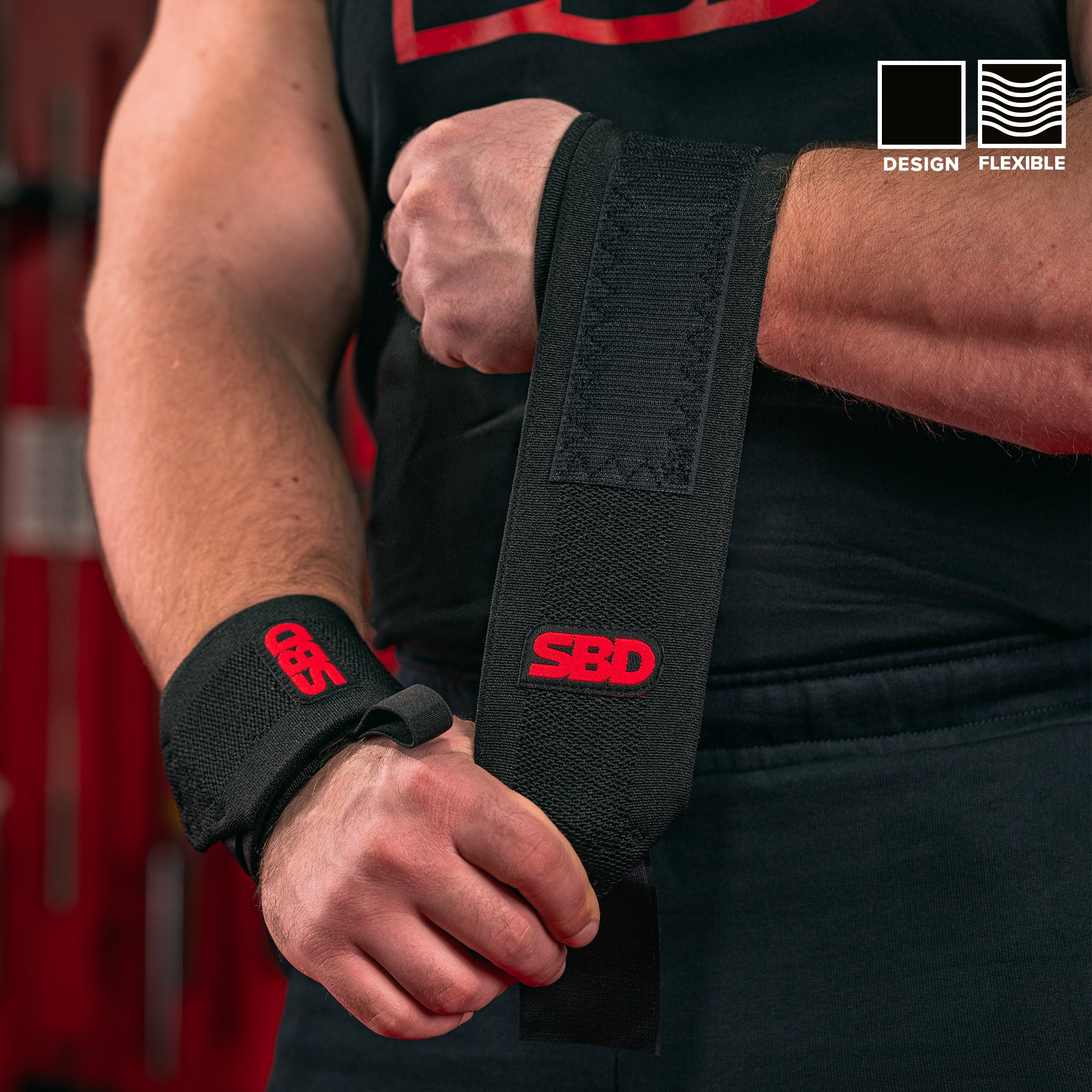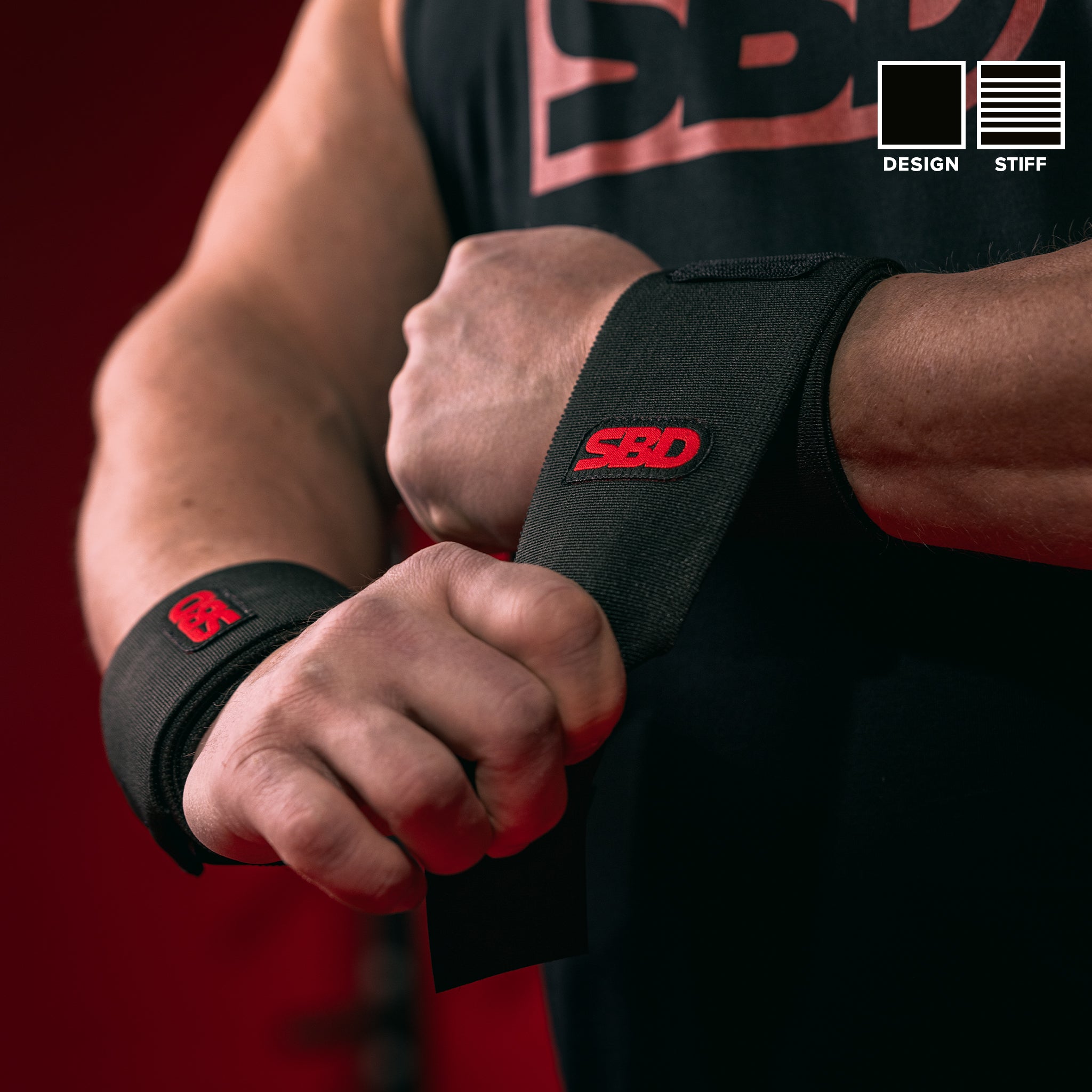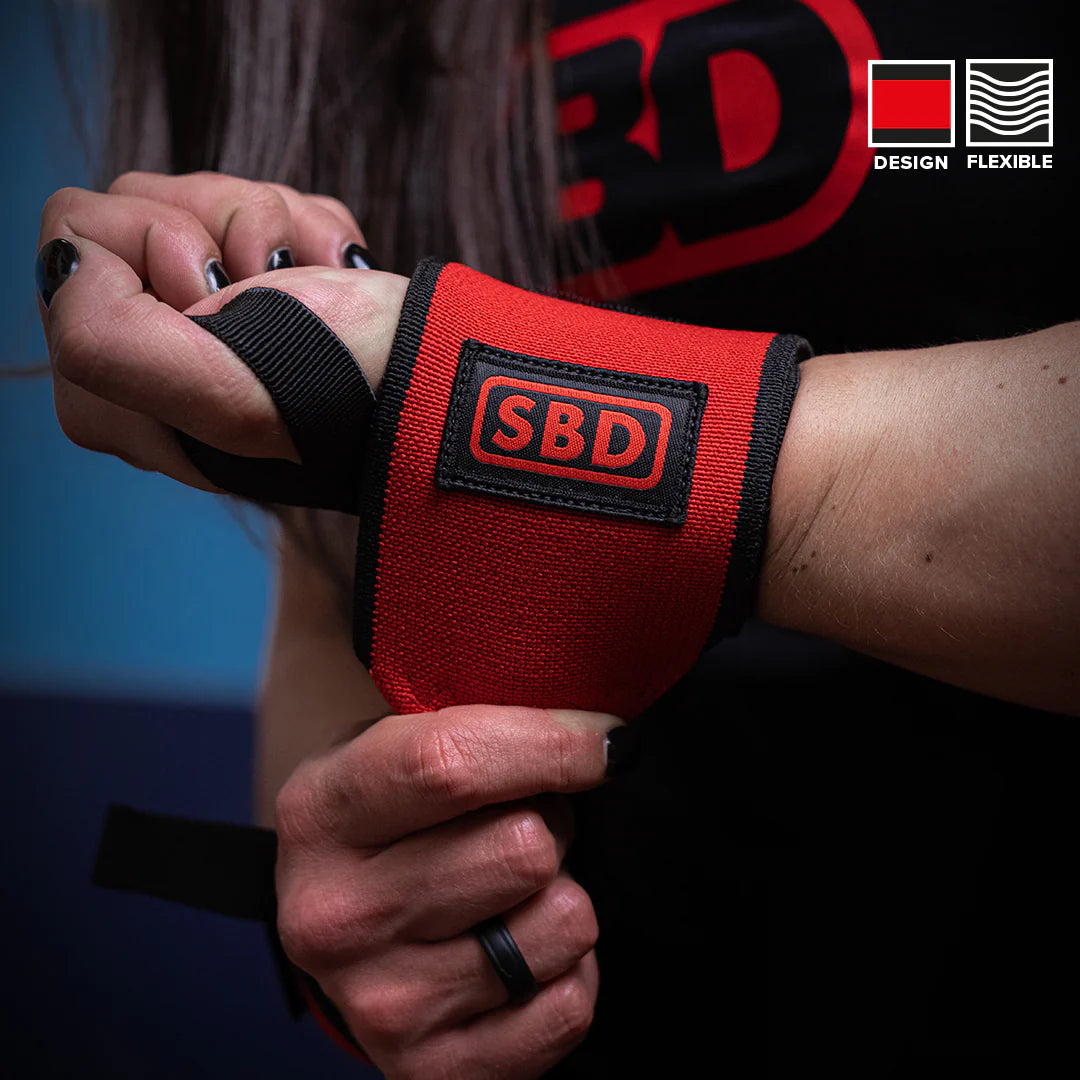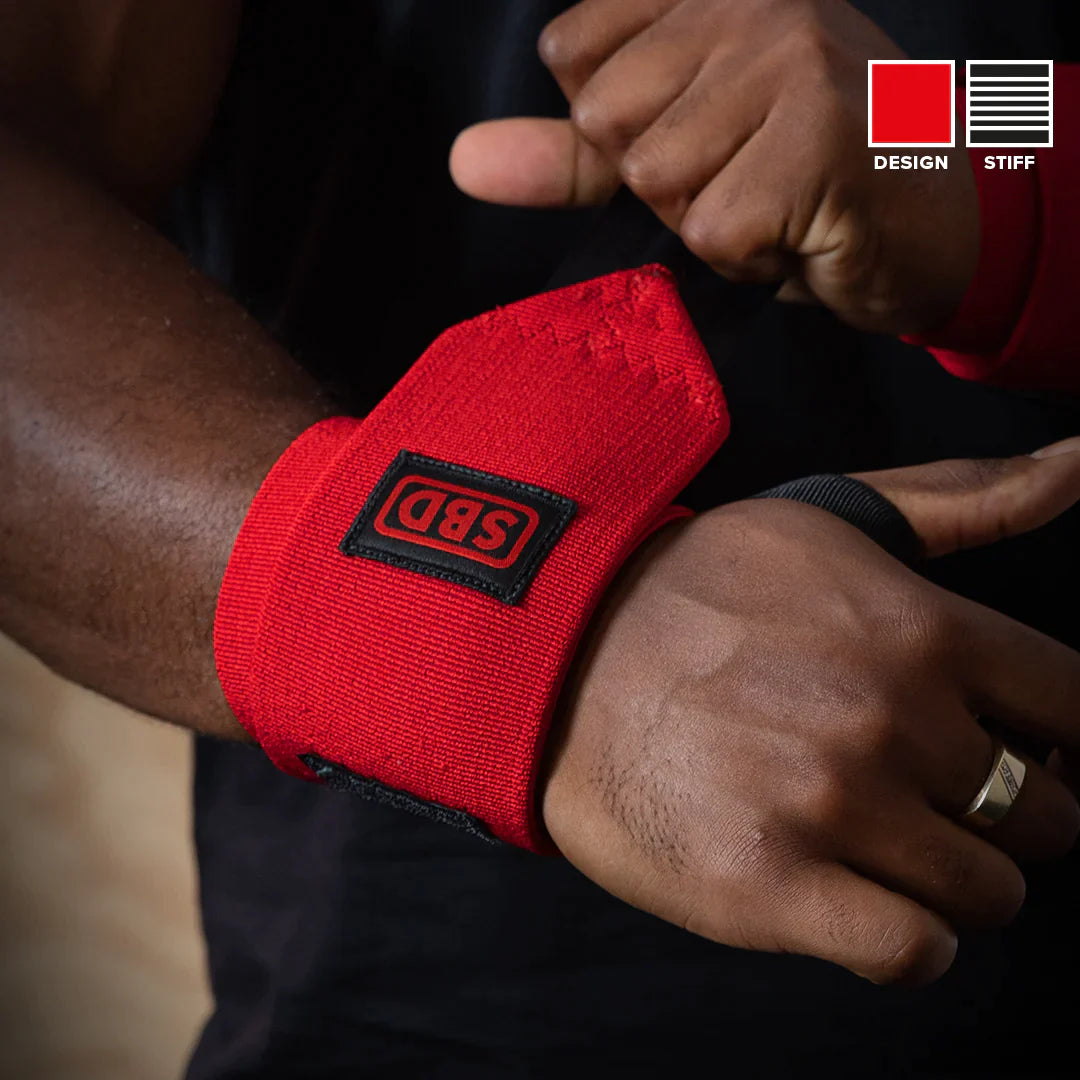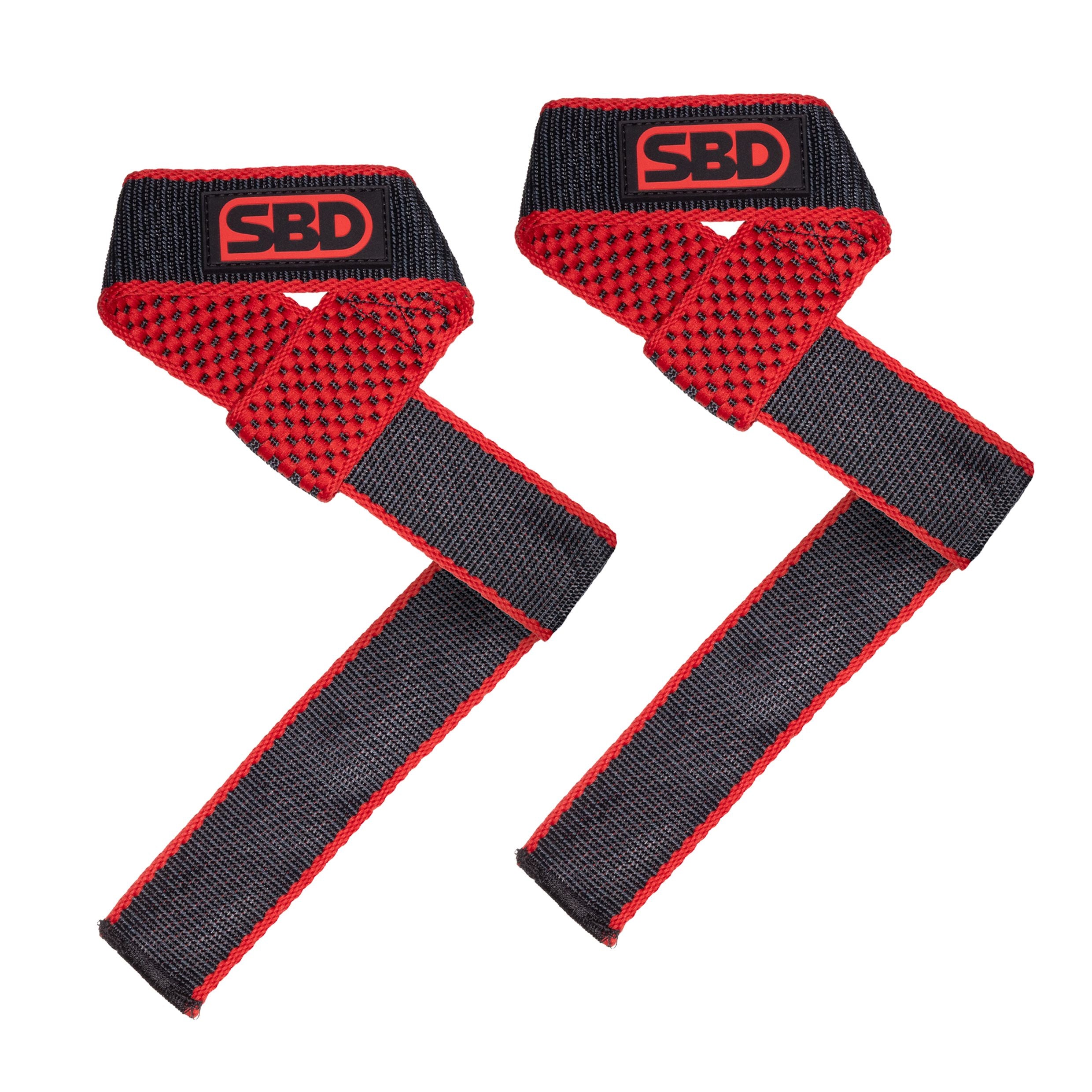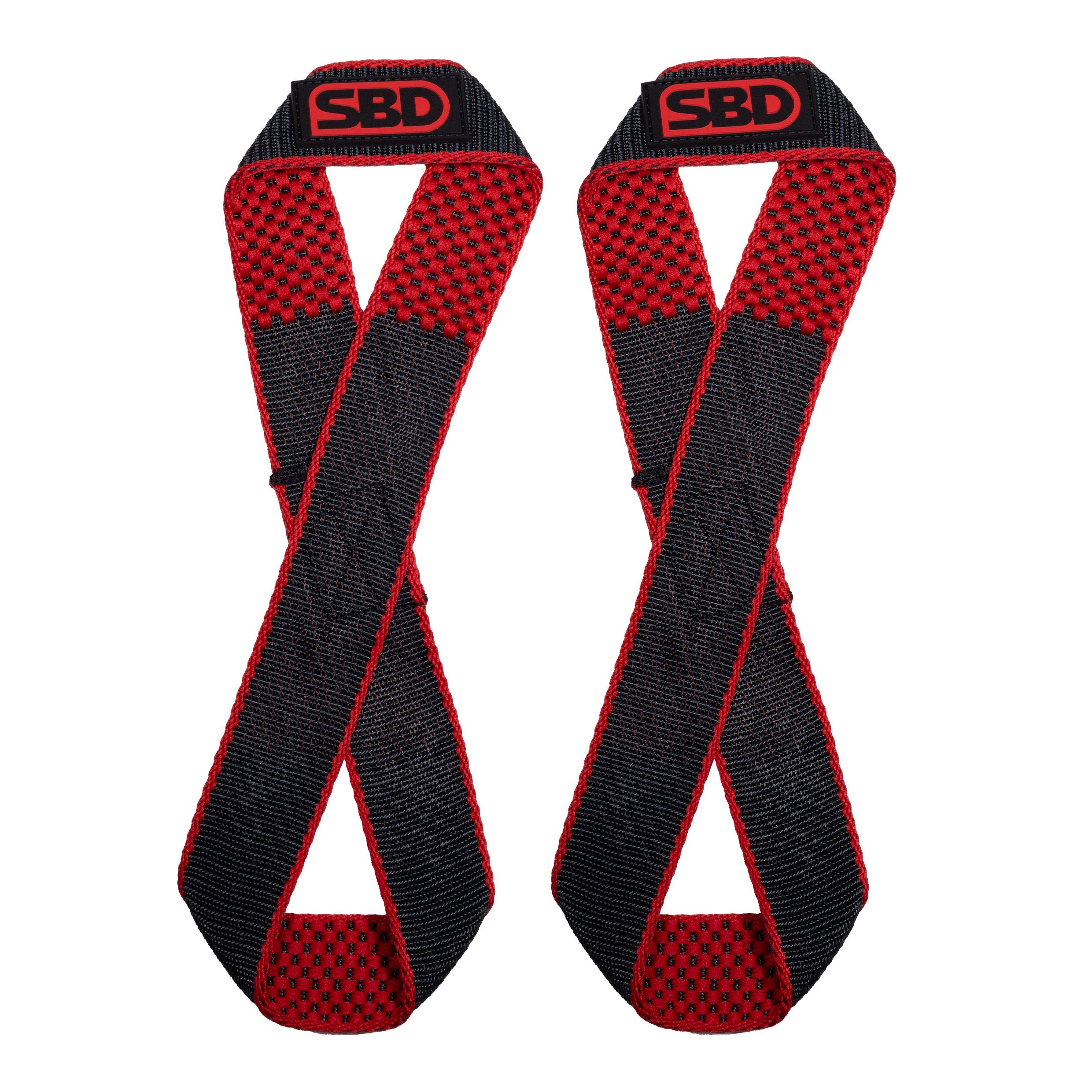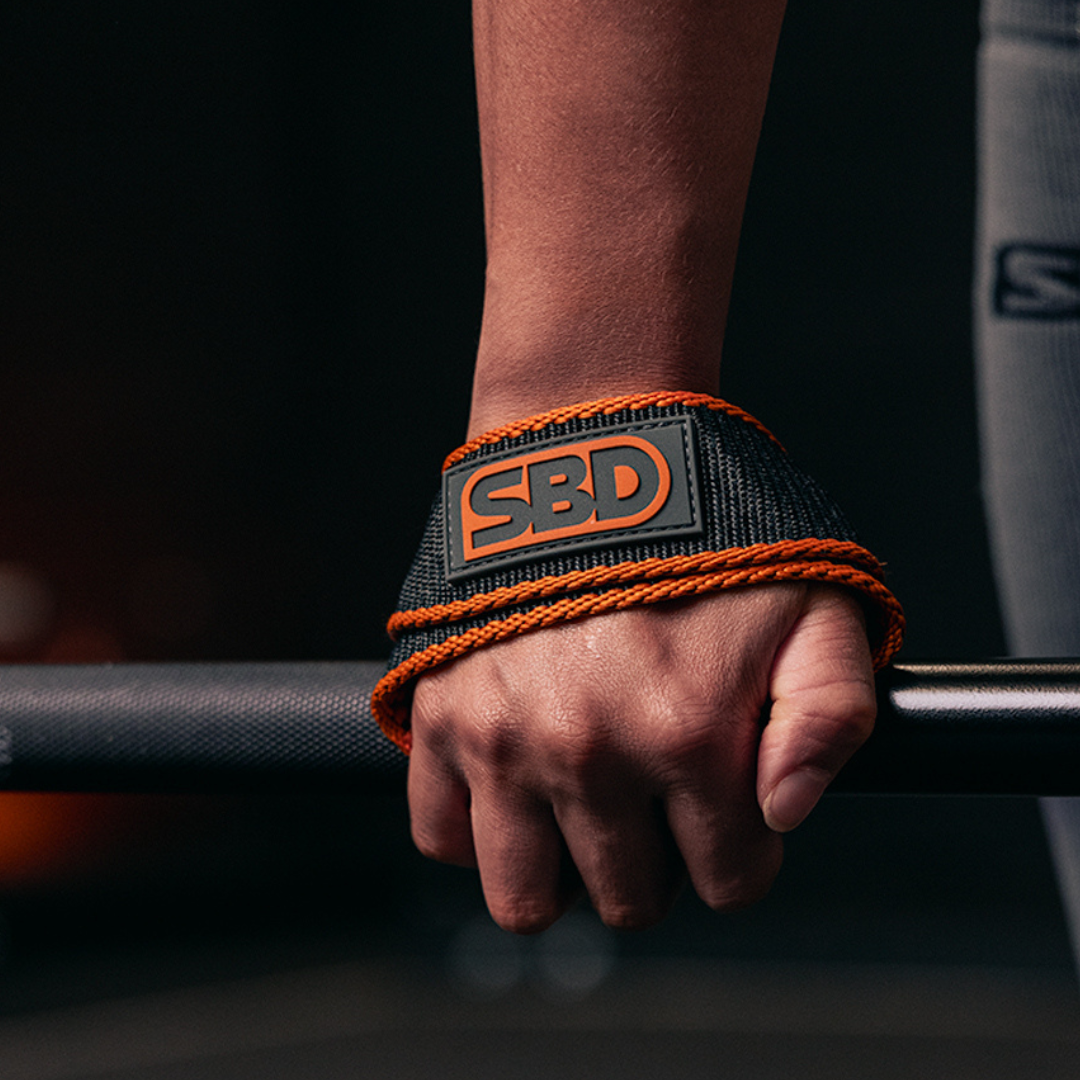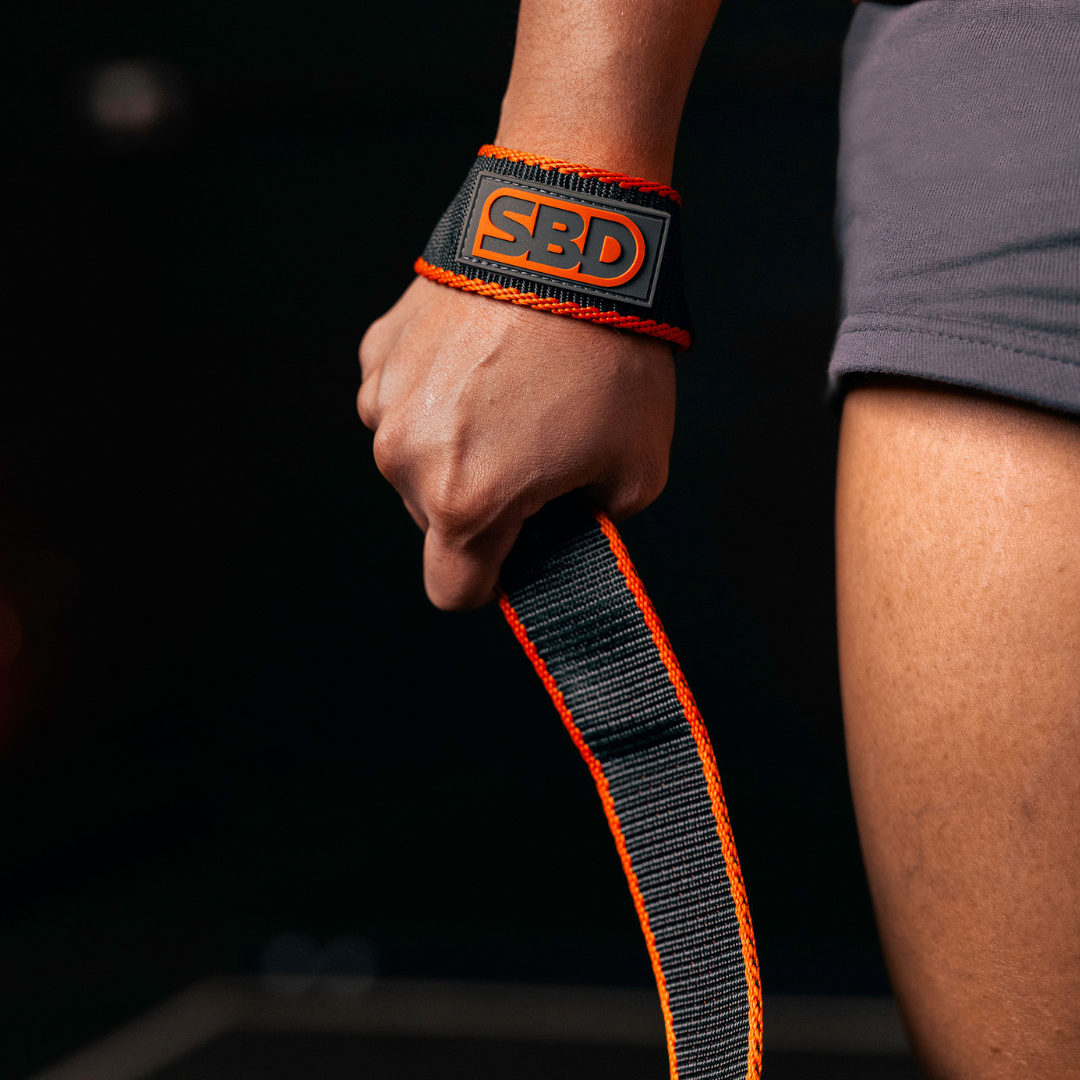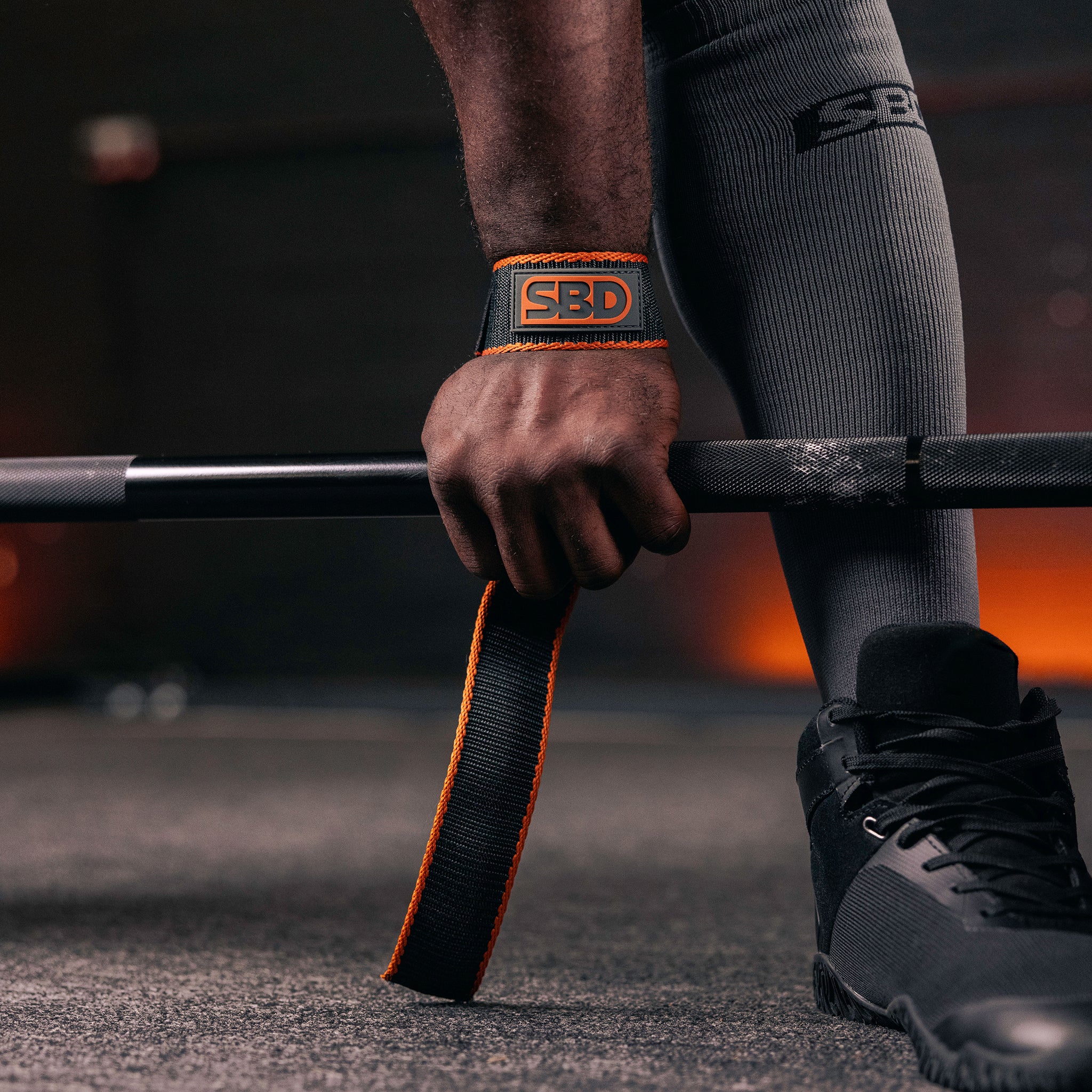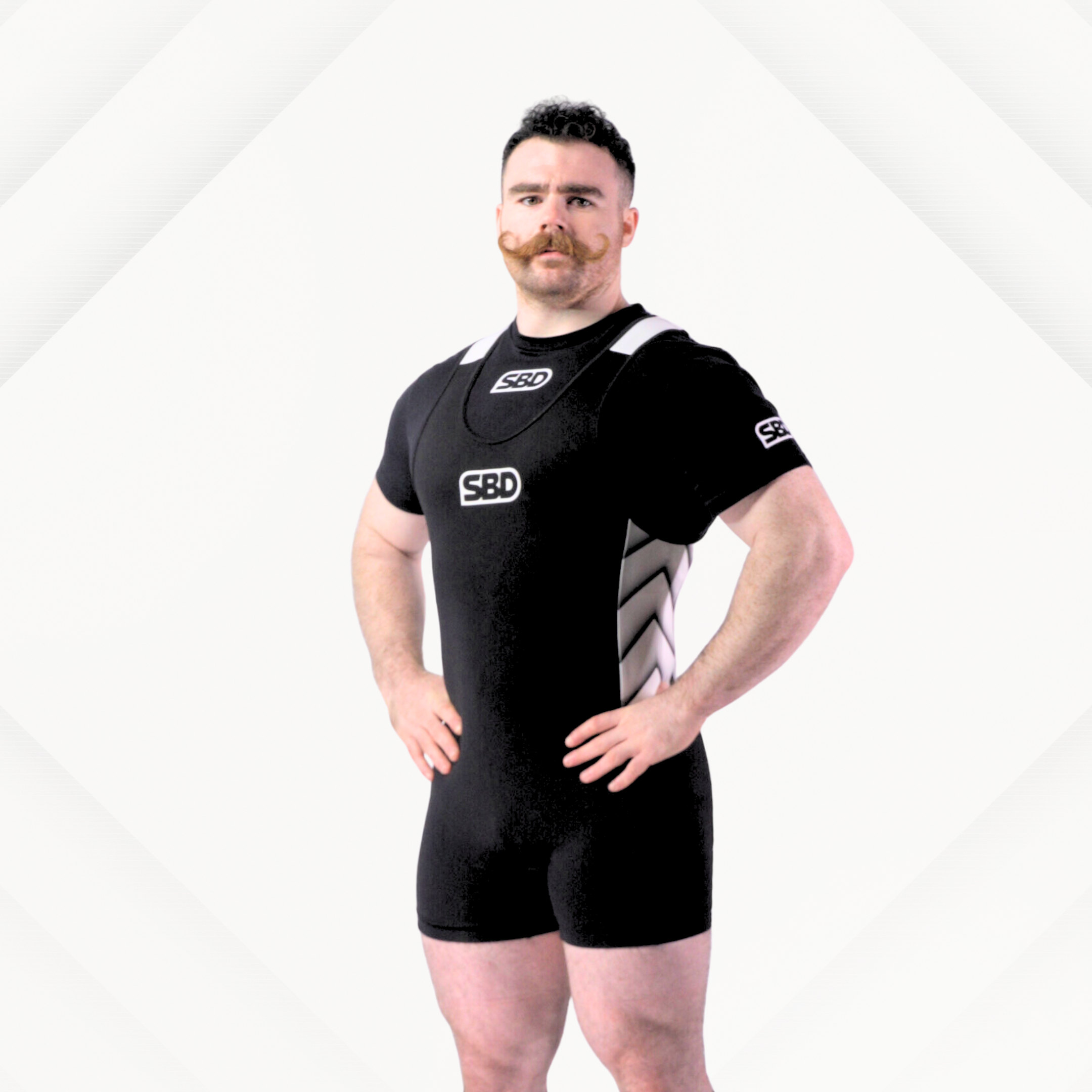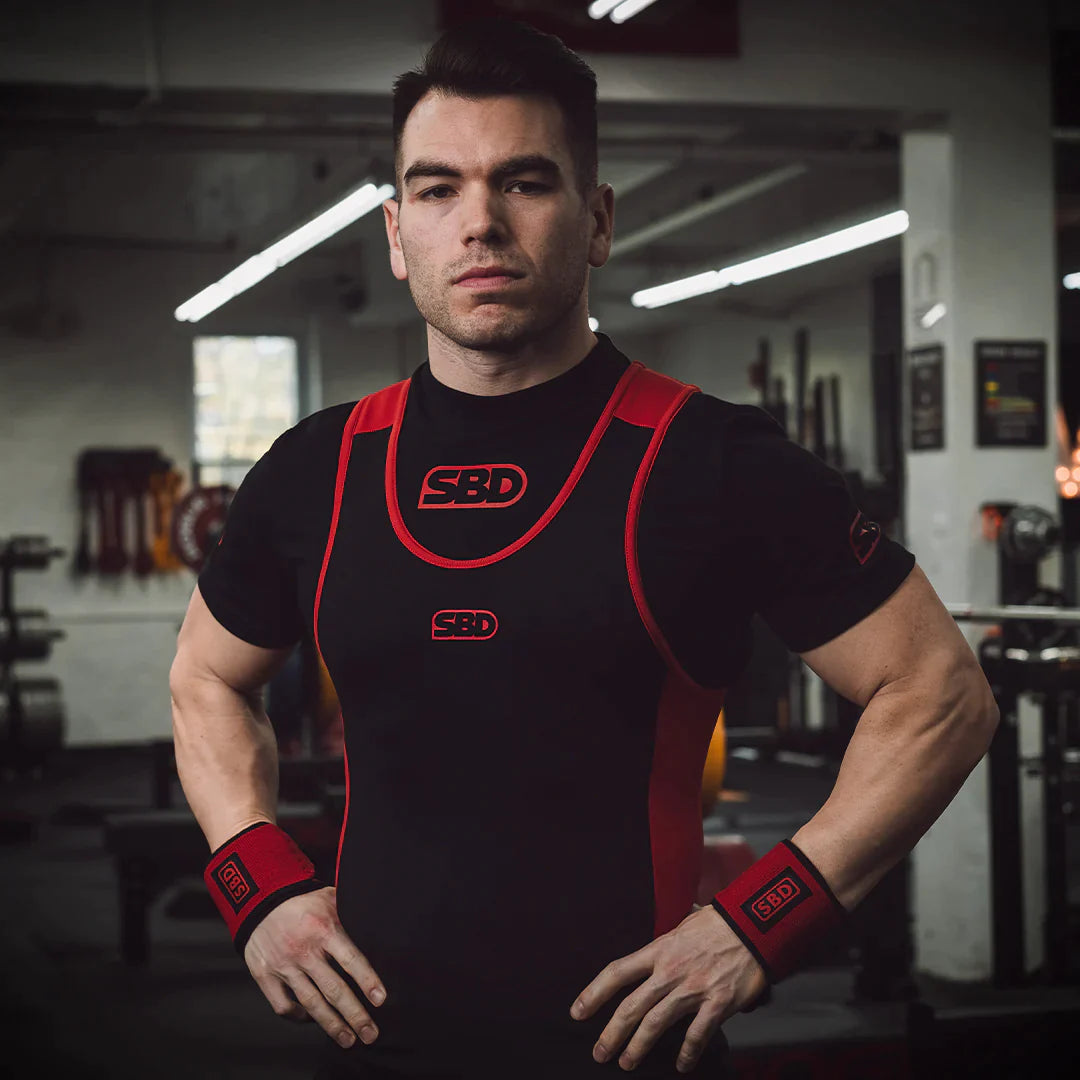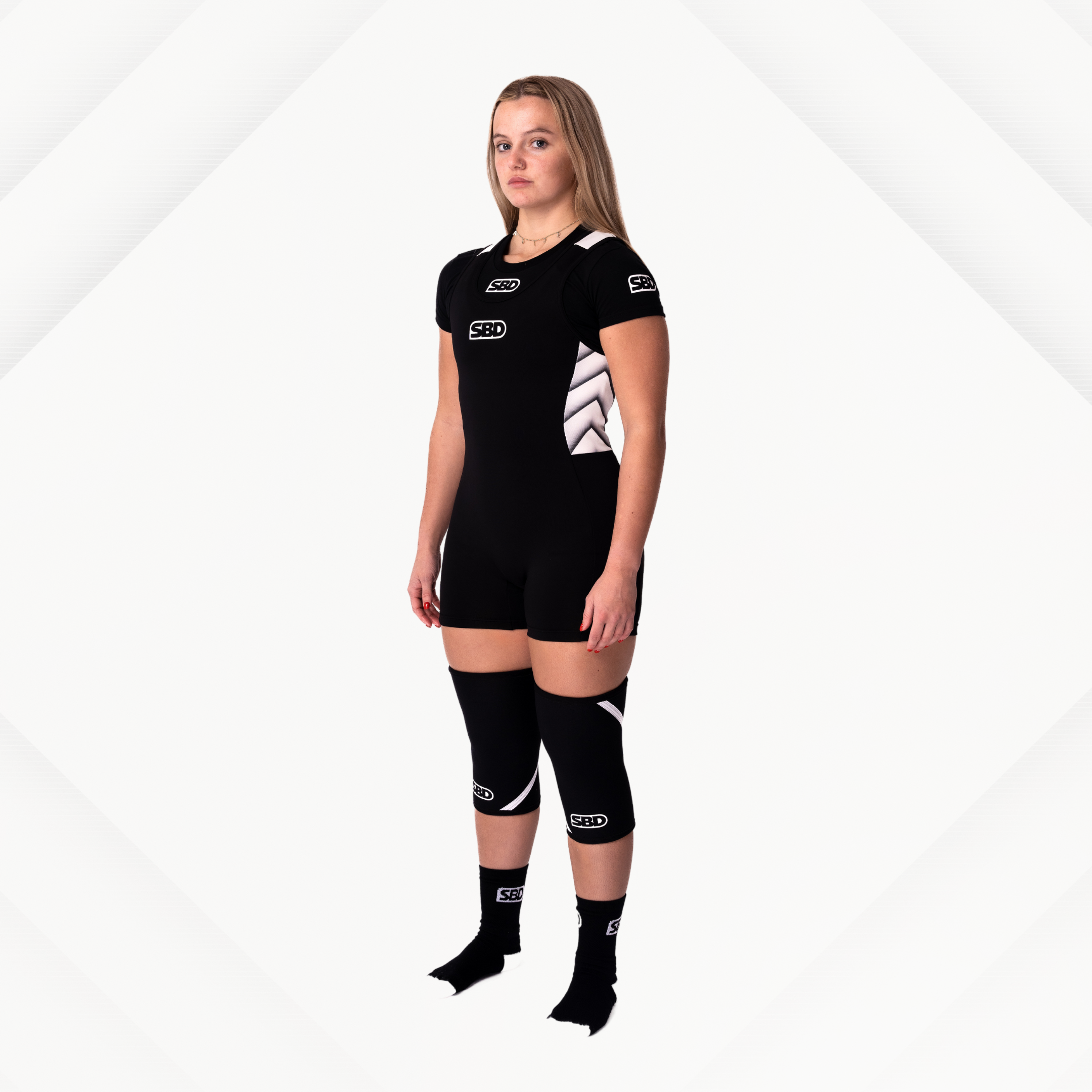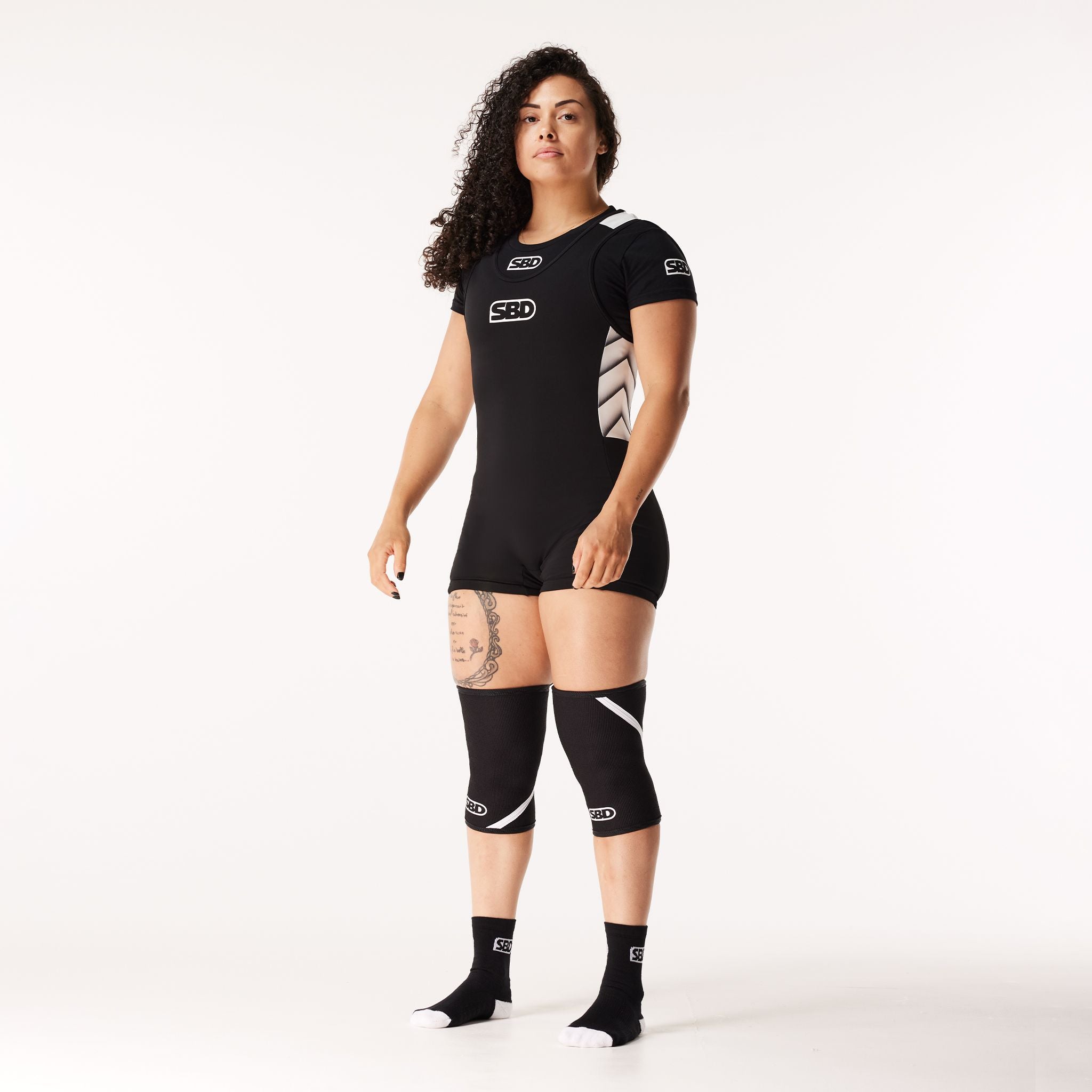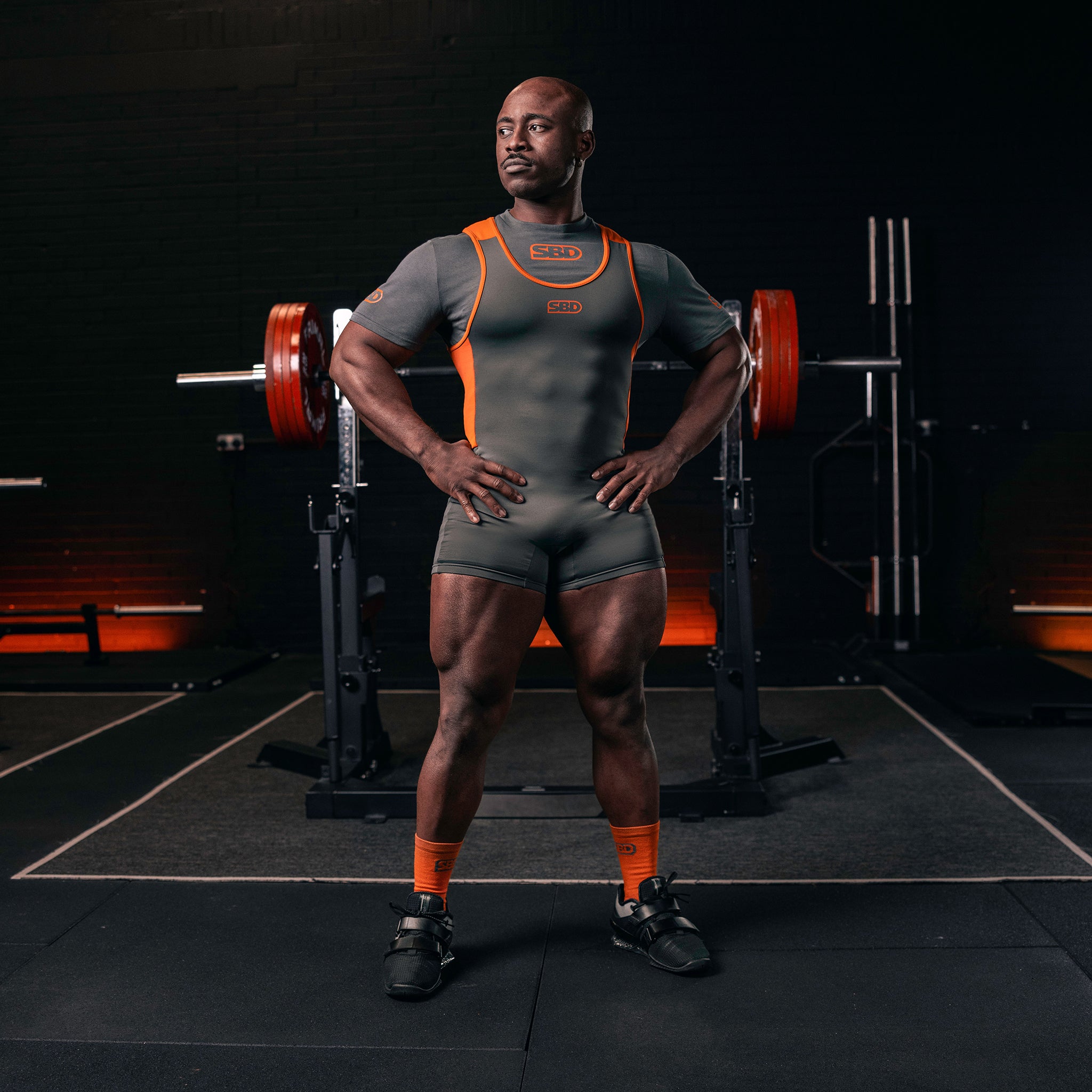The dumbbell deadlift is a versatile and effective exercise that offers a unique twist on the traditional barbell deadlift. By incorporating dumbbells, this variation can help improve muscle imbalances, enhance core stability, and provide a different stimulus for muscle growth.
In this blog, we will explore the benefits of the dumbbell deadlift compared to the conventional deadlift, provide detailed instructions on how to perform it correctly, and offer tips for maximising your workouts.
Benefits of the Dumbbell Deadlift
-
Improved Muscle Imbalances: Dumbbells allow for a greater range of motion and can help address muscle imbalances by ensuring each side of the body works independently.
-
Enhanced Core Stability: Holding a dumbbell in each hand requires more core engagement to maintain balance and stability throughout the movement.
-
Greater Range of Motion: Dumbbells provide a greater range of motion compared to a barbell, allowing for deeper squats and more extensive muscle activation.
-
Joint-Friendly: The dumbbell deadlift can be easier on the joints, particularly the shoulders and wrists, as it allows for a more natural grip and arm position.
-
Accessibility: Dumbbells are often more accessible and require less space than a barbell and weight plates, making this exercise suitable for home workouts or crowded gyms.
How to Perform the Dumbbell Deadlift
-
Setup:
- Stand with your feet shoulder-width apart, holding a dumbbell in each hand with your arms fully extended.
- Position the dumbbells so that they are outside of your legs.
-
Body Positioning:
- Keep your back flat, chest up, and shoulders back.
- Engage your core and maintain a slight bend in your knees.
-
Descent:
- Hinge at your hips and bend your knees slightly, lowering the dumbbells towards the ground.
- Keep the dumbbells close to your body and your back straight.
- Lower until the dumbbells reach just below knee level or slightly above the ground, depending on your flexibility.
-
Ascent:
- Drive through your heels to lift the dumbbells back up, extending your hips and knees simultaneously.
- Maintain a flat back and upright torso as you return to the starting position.
-
Repeat:
- Perform the desired number of repetitions while maintaining proper form throughout.
Tips for Mastering the Dumbbell Deadlift
-
Focus on Form: Proper form is essential to prevent injury and maximise effectiveness. Keep your back flat, core engaged, and avoid rounding your shoulders.
-
Controlled Movements: Perform the exercise with controlled movements, both during the descent and ascent. Avoid rushing through reps to maintain proper technique.
-
Use Appropriate Weight: Start with a weight that allows you to perform the exercise with proper form for 8-12 repetitions. Gradually increase the weight as you become more comfortable and confident.
-
Engage Your Core: Engage your core throughout the movement to maintain stability and protect your lower back.
-
Incorporate Variations: To target different muscle groups and add variety to your routine, incorporate variations such as the single-leg dumbbell deadlift or the Romanian dumbbell deadlift.
Main Differences Between Dumbbell and Traditional Deadlifts
-
Equipment: The traditional deadlift uses a barbell, while the dumbbell deadlift uses a pair of dumbbells. This difference affects grip, range of motion, and balance.
-
Range of Motion: Dumbbells allow for a greater range of motion, enabling deeper squats and more extensive muscle activation compared to the barbell deadlift.
-
Core Engagement: Holding a dumbbell in each hand requires greater core stability to maintain balance and control throughout the movement.
-
Grip: The dumbbell deadlift provides a more natural grip and arm position, which can be easier on the shoulders and wrists compared to the barbell deadlift.
-
Muscle Imbalances: Dumbbells ensure each side of the body works independently, helping to address and correct muscle imbalances more effectively than a barbell.
Common Mistakes to Avoid
-
Rounding the Back: Maintain a flat back throughout the movement to avoid unnecessary strain on your spine. Engage your core and keep your chest up.
-
Lifting with the Arms: Focus on lifting with your legs and hips rather than your arms. The arms should act as hooks holding the dumbbells.
-
Improper Grip: Ensure you have a firm grip on the dumbbells and avoid letting them drift away from your body. Keep the dumbbells close to your legs during the lift.
-
Neglecting the Hinge: Remember to hinge at your hips rather than bending solely at the knees. This engages the posterior chain more effectively.
-
Rushing the Movement: Perform the exercise with controlled movements, both during the descent and ascent. Avoid jerking or rushing through reps.
Conclusion
The dumbbell deadlift is a valuable exercise that offers unique benefits compared to the traditional barbell deadlift. By focusing on proper technique, starting with manageable weights, and avoiding common mistakes, you can maximise the advantages of this versatile lift. Incorporate the dumbbell deadlift into your training routine to enhance your lower body and core strength, improve muscle imbalances, and achieve your fitness goals. Happy lifting!
Frequently Asked Questions (FAQs)
-
How often should I include dumbbell deadlifts in my workout routine? Incorporate dumbbell deadlifts 1-2 times per week, depending on your overall training programme and goals. Balance them with other lower body and posterior chain exercises for comprehensive development.
-
Can beginners perform the dumbbell deadlift? Yes, beginners can perform the dumbbell deadlift. Start with lighter weights to master the form and gradually increase the load as you become more comfortable.
-
Is the dumbbell deadlift better than the barbell deadlift? Both variations have their benefits. The dumbbell deadlift is excellent for improving muscle imbalances, core stability, and joint-friendly lifting, while the barbell deadlift targets the entire posterior chain and allows for heavier lifting. Incorporating both can provide balanced development.
-
Should I use a lifting belt for dumbbell deadlifts? A lifting belt is not typically necessary for dumbbell deadlifts. Focus on building core strength and stability through proper form and technique.
-
What is a good starting weight for dumbbell deadlifts? Start with a weight that allows you to perform the exercise with proper form for 8-12 repetitions. Gradually increase the weight as you become more confident and proficient.




